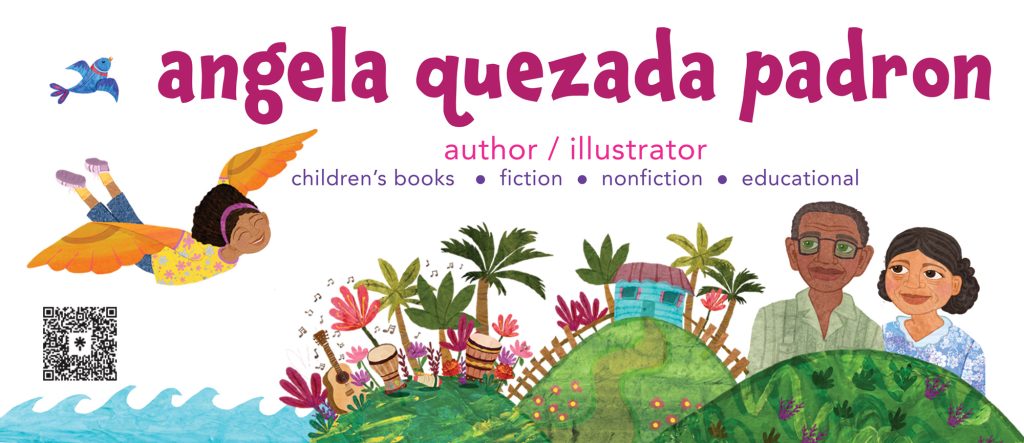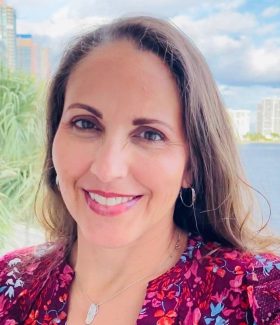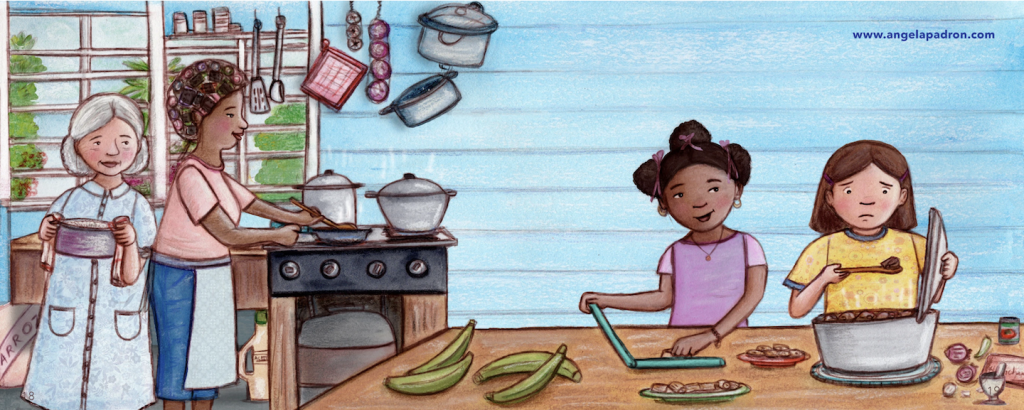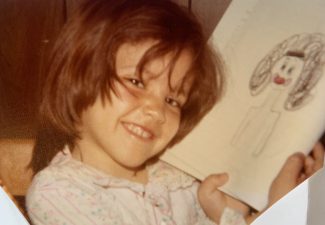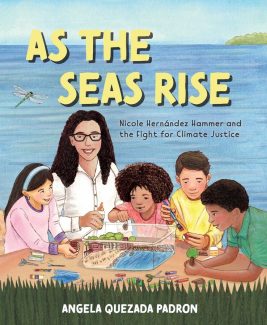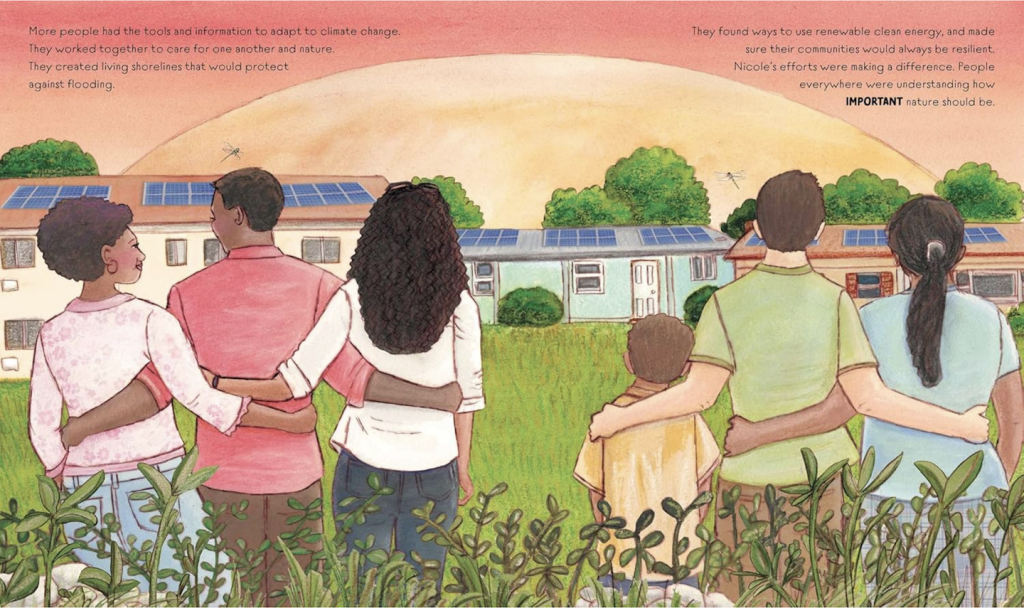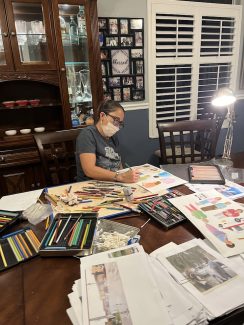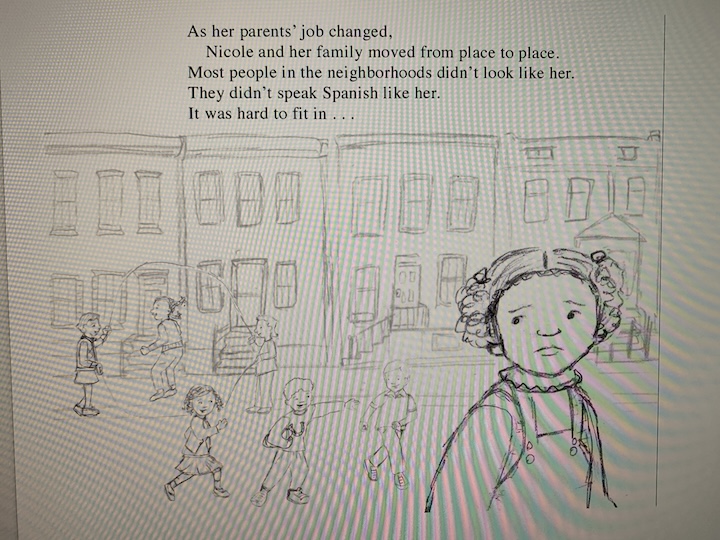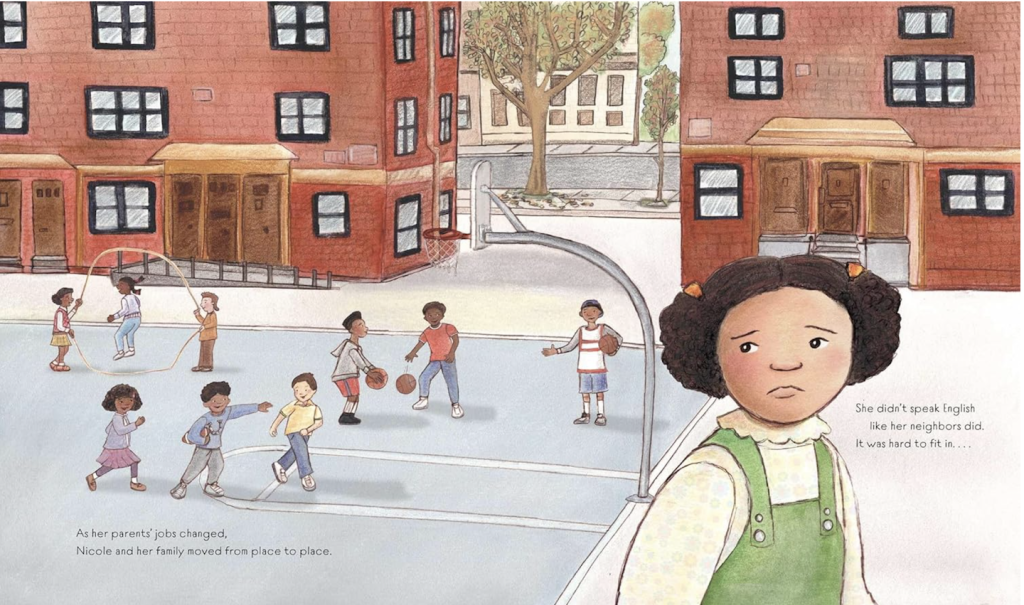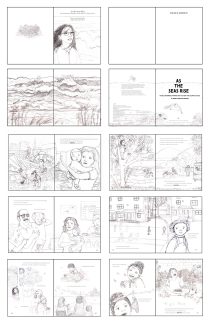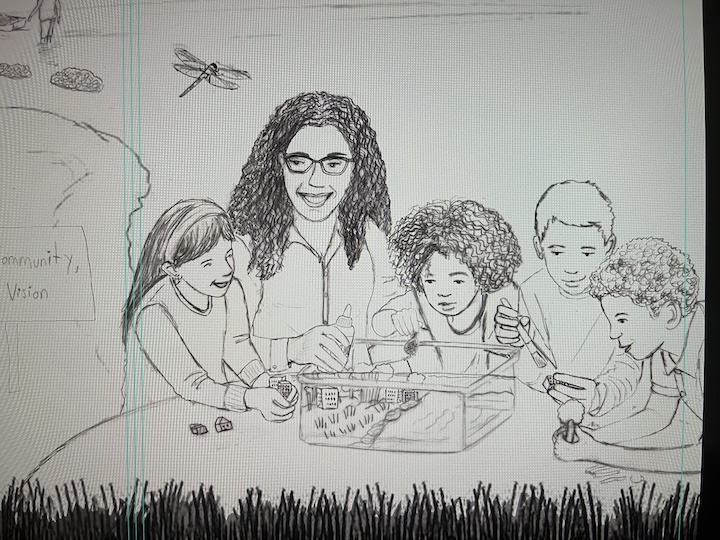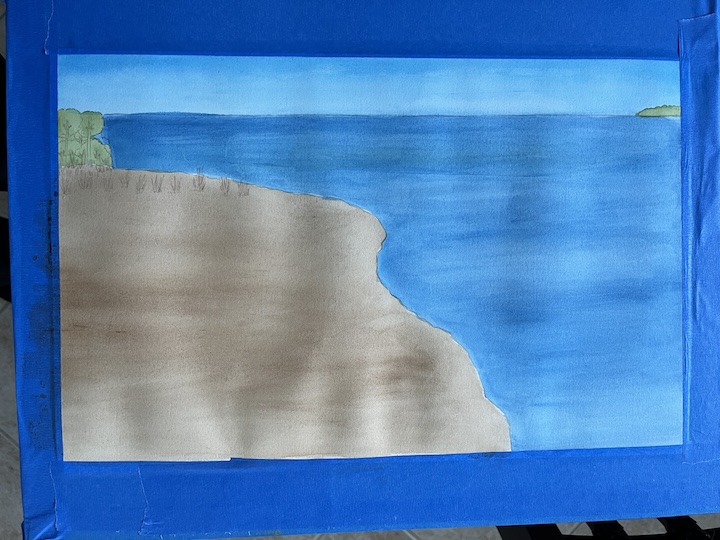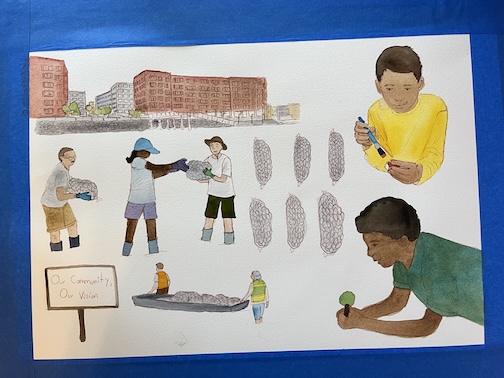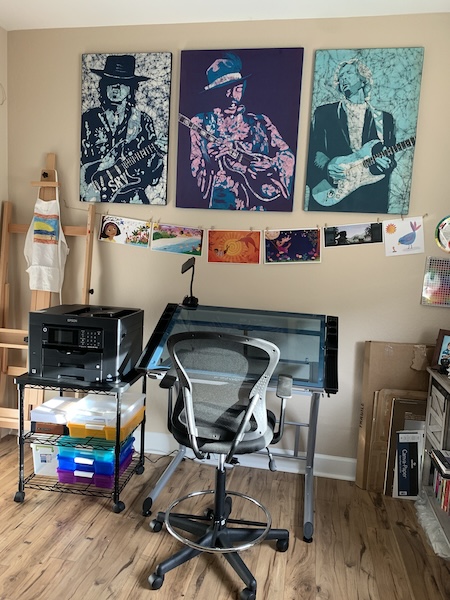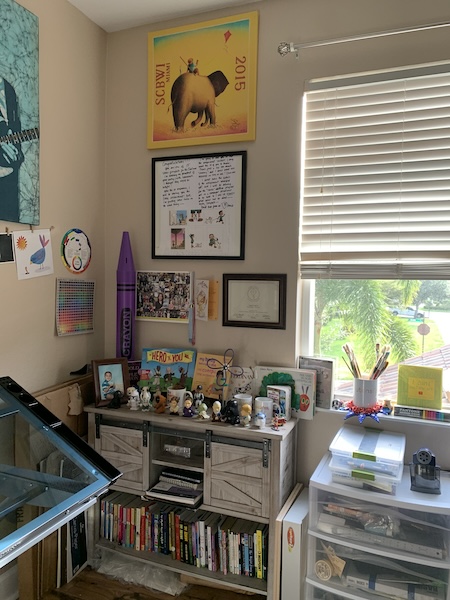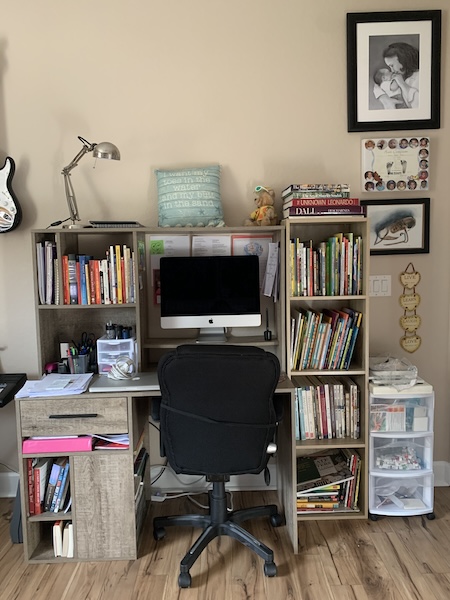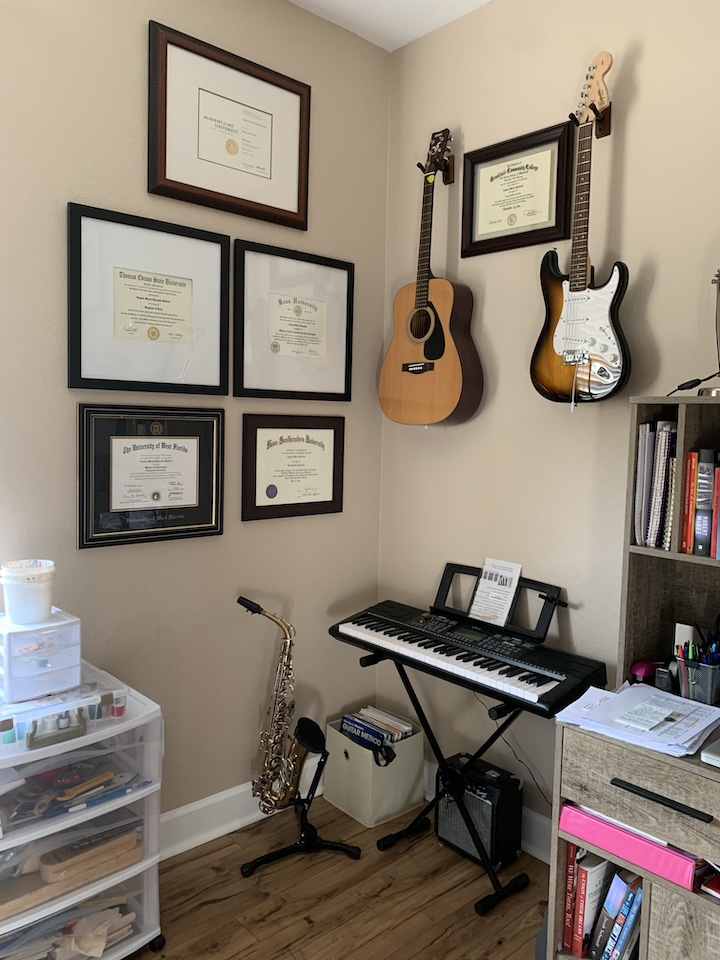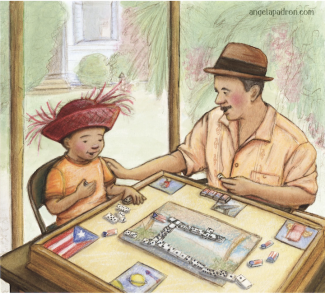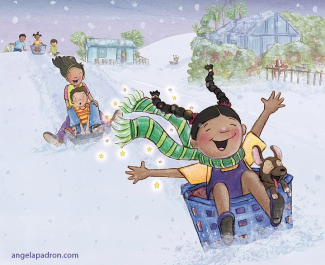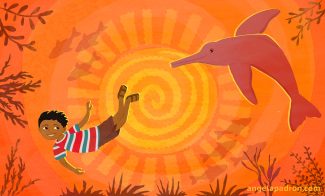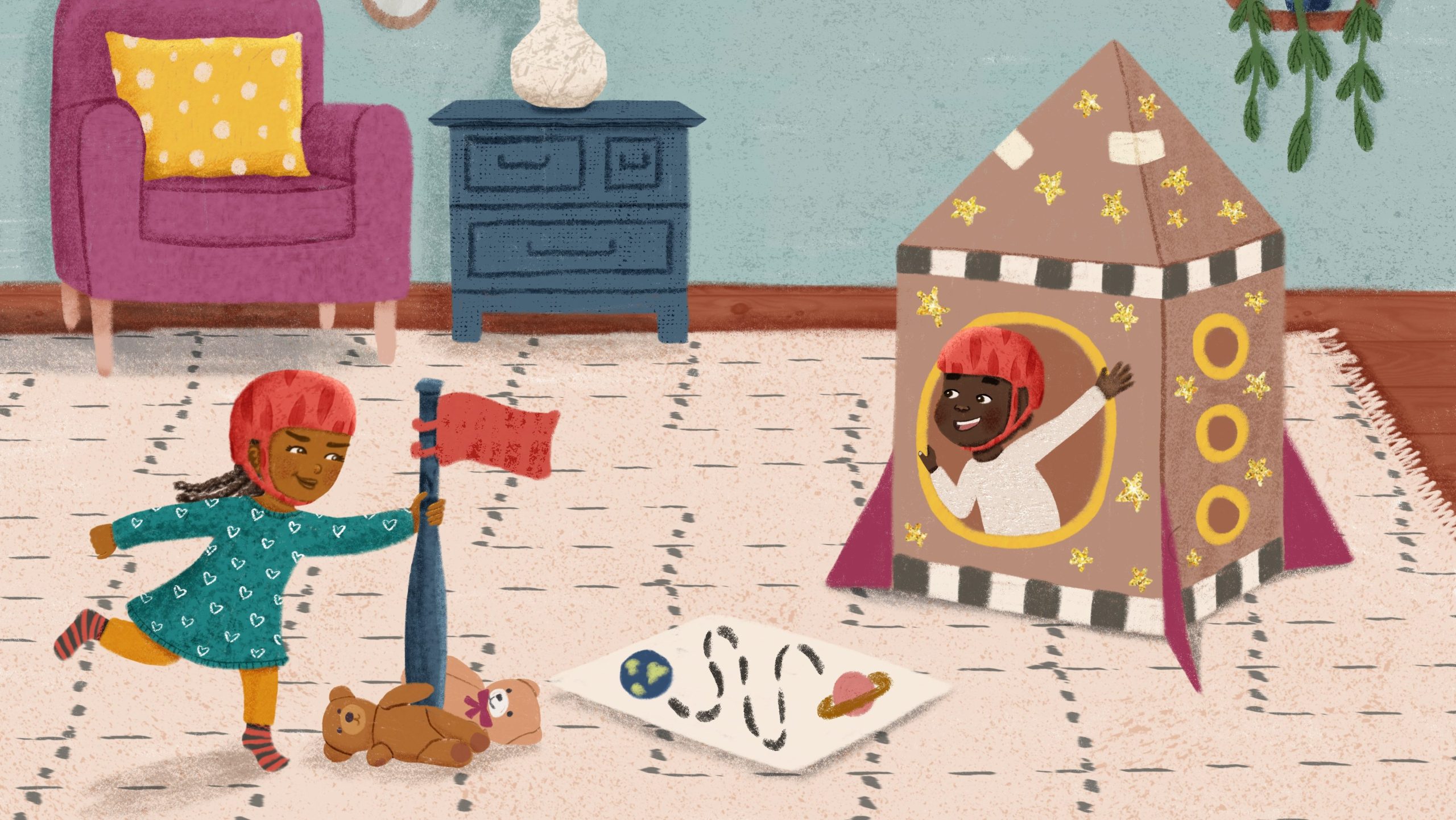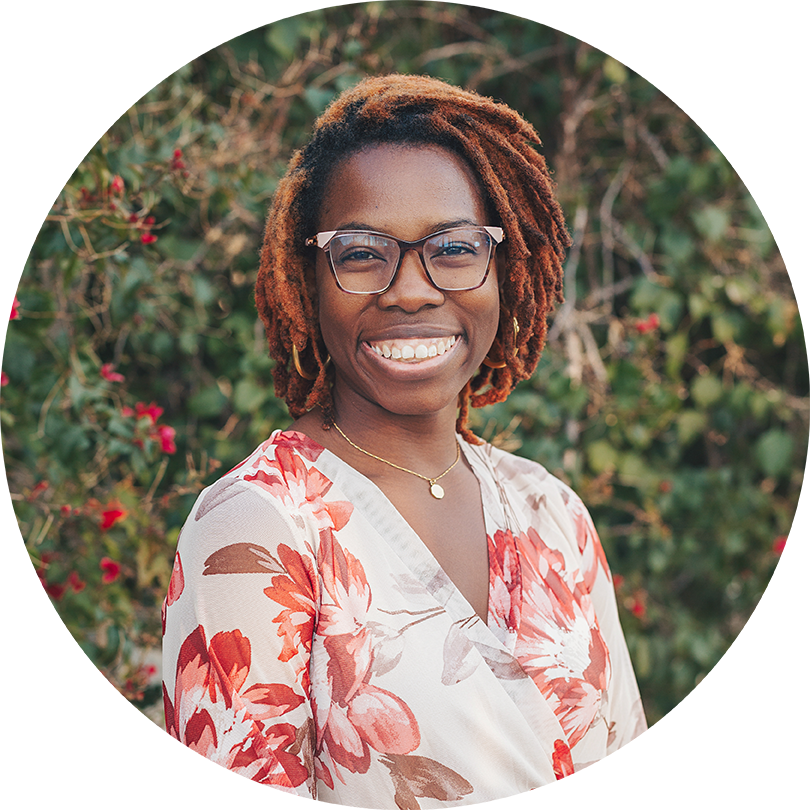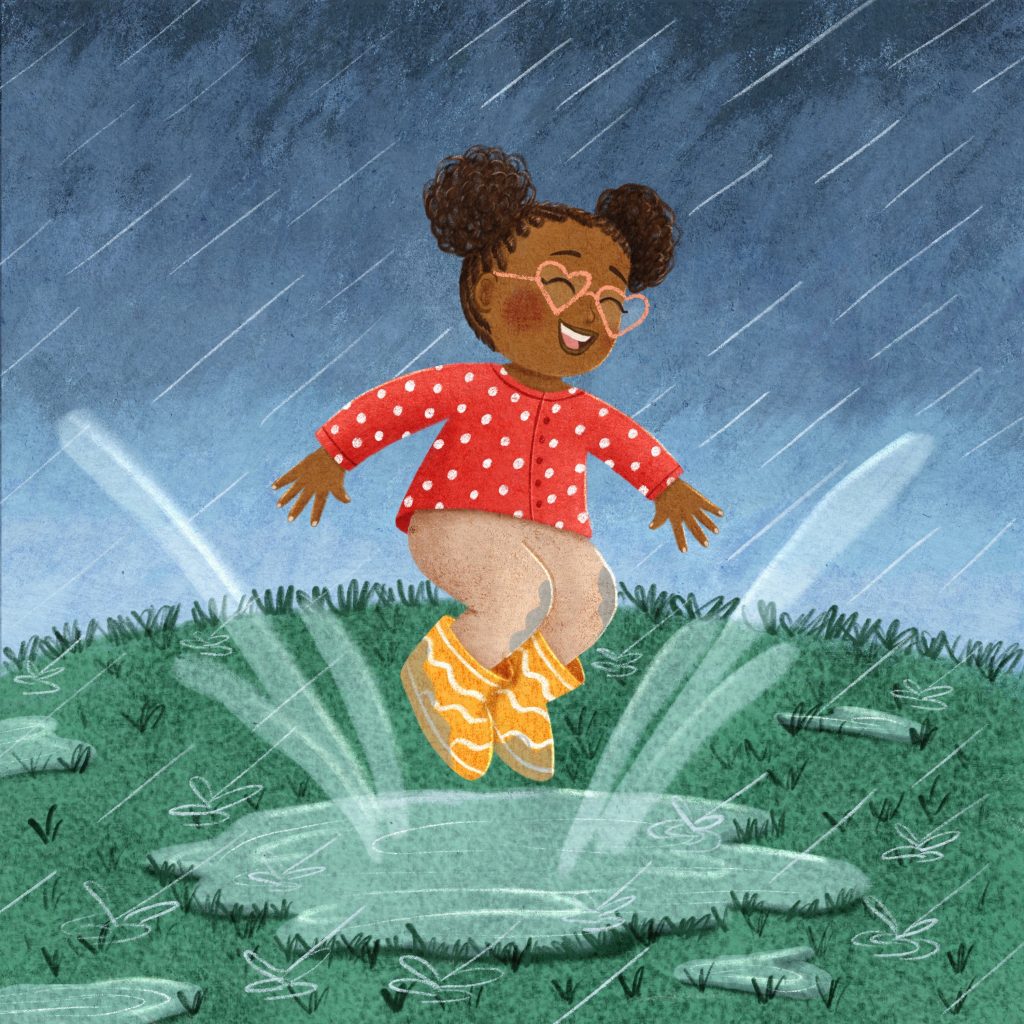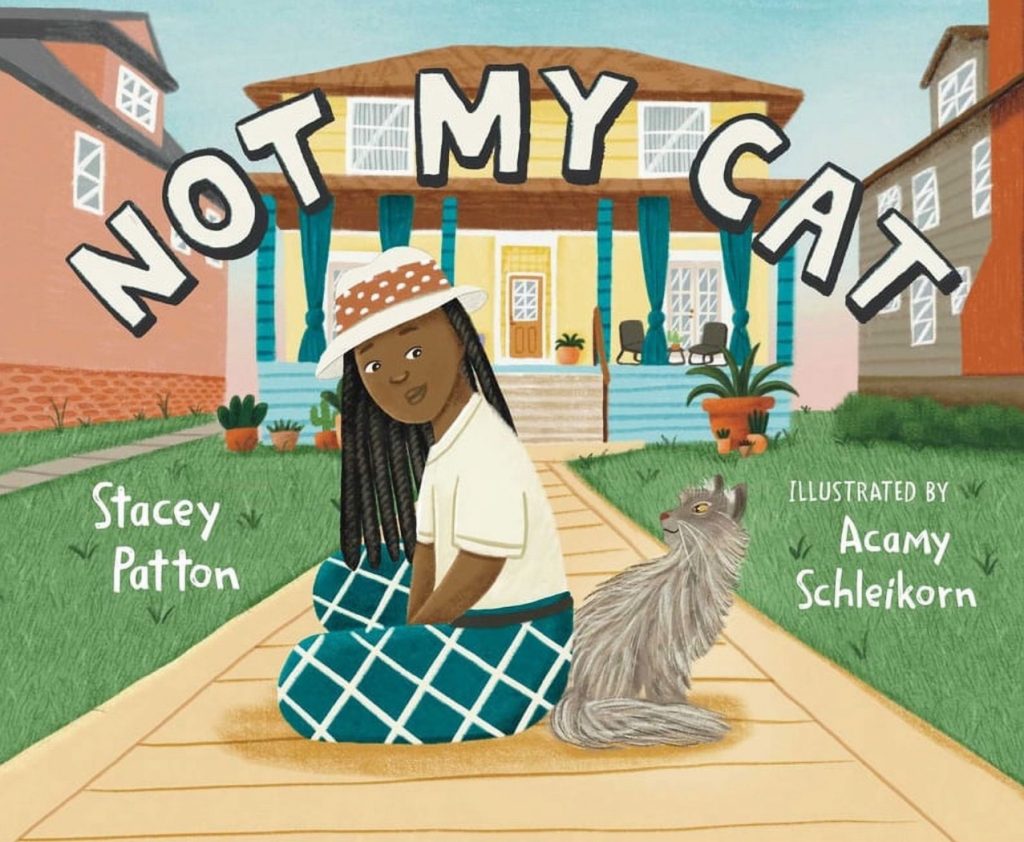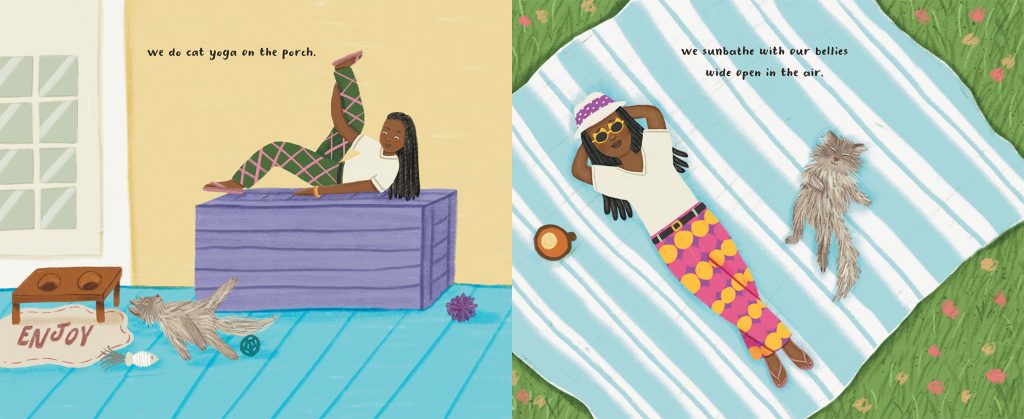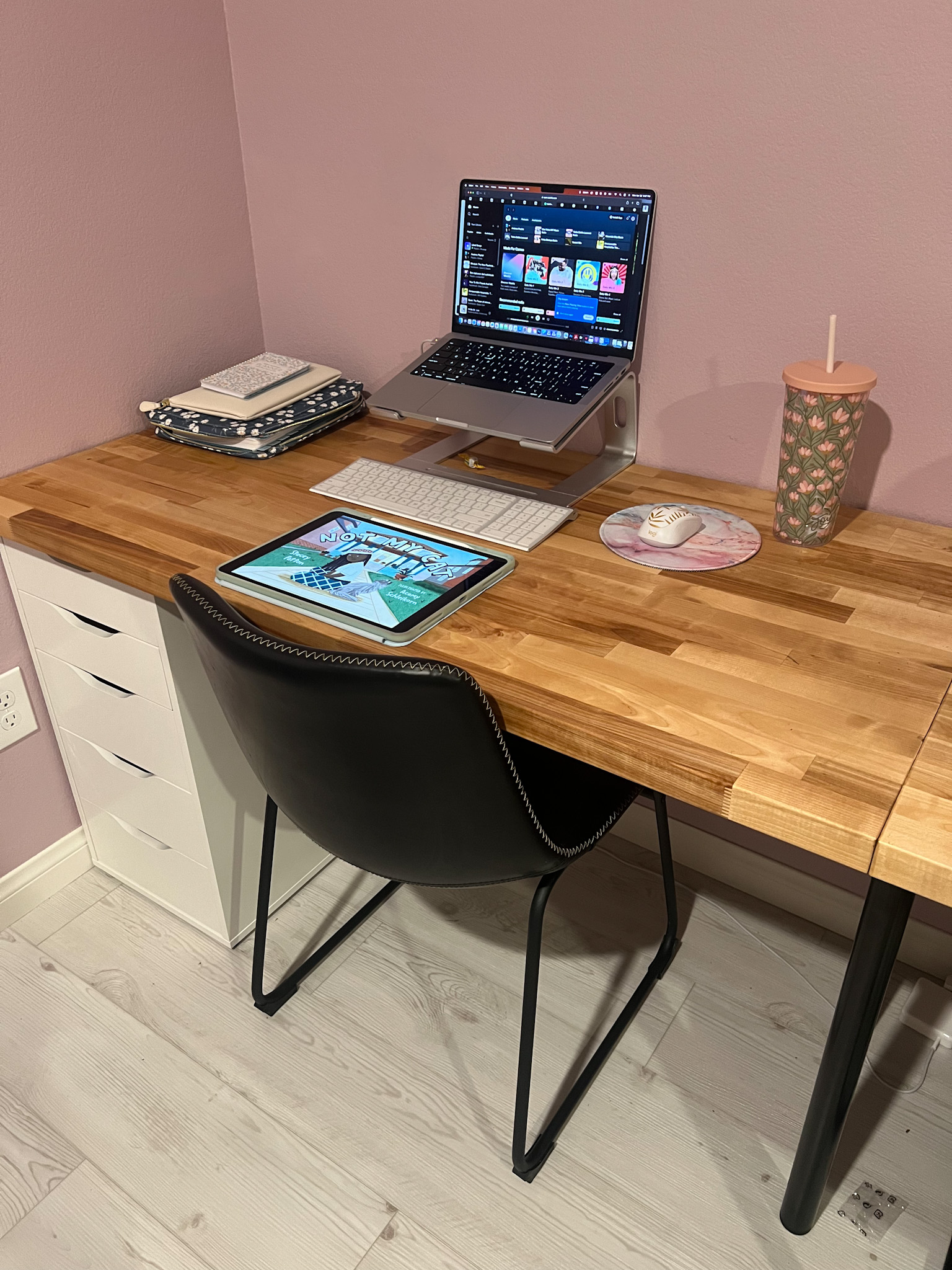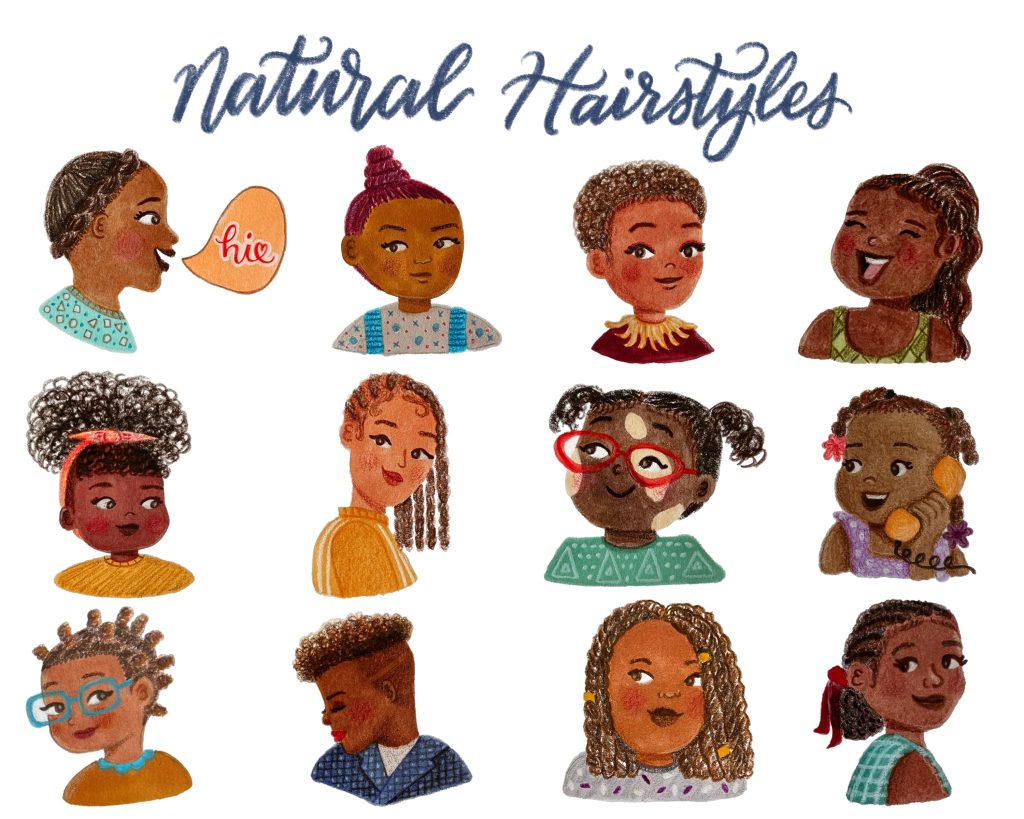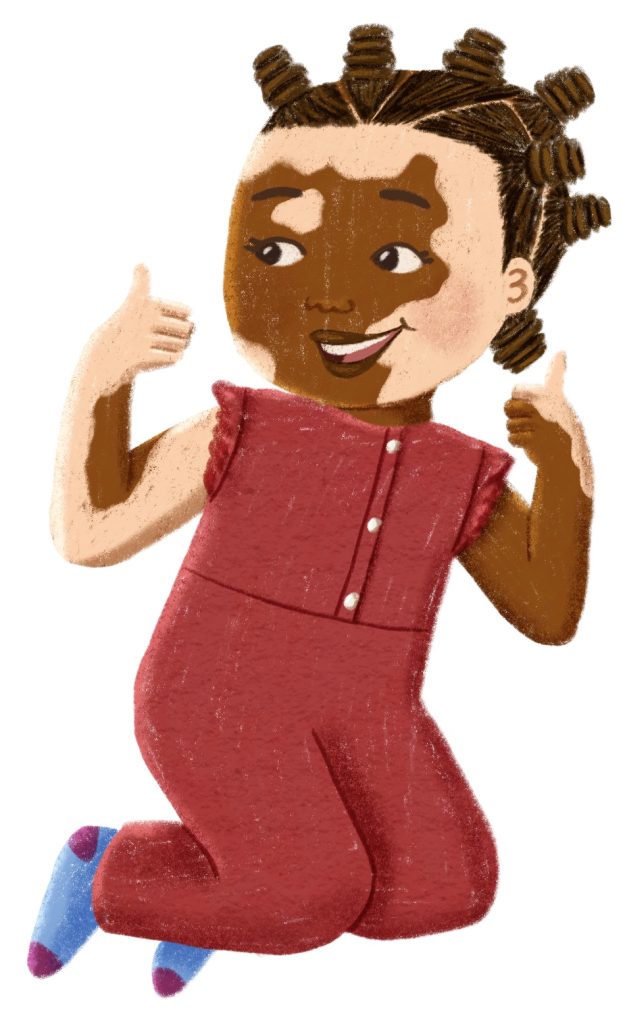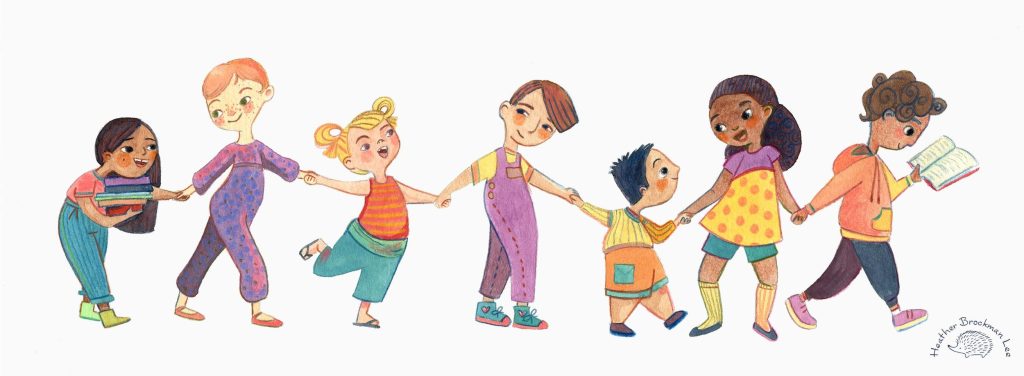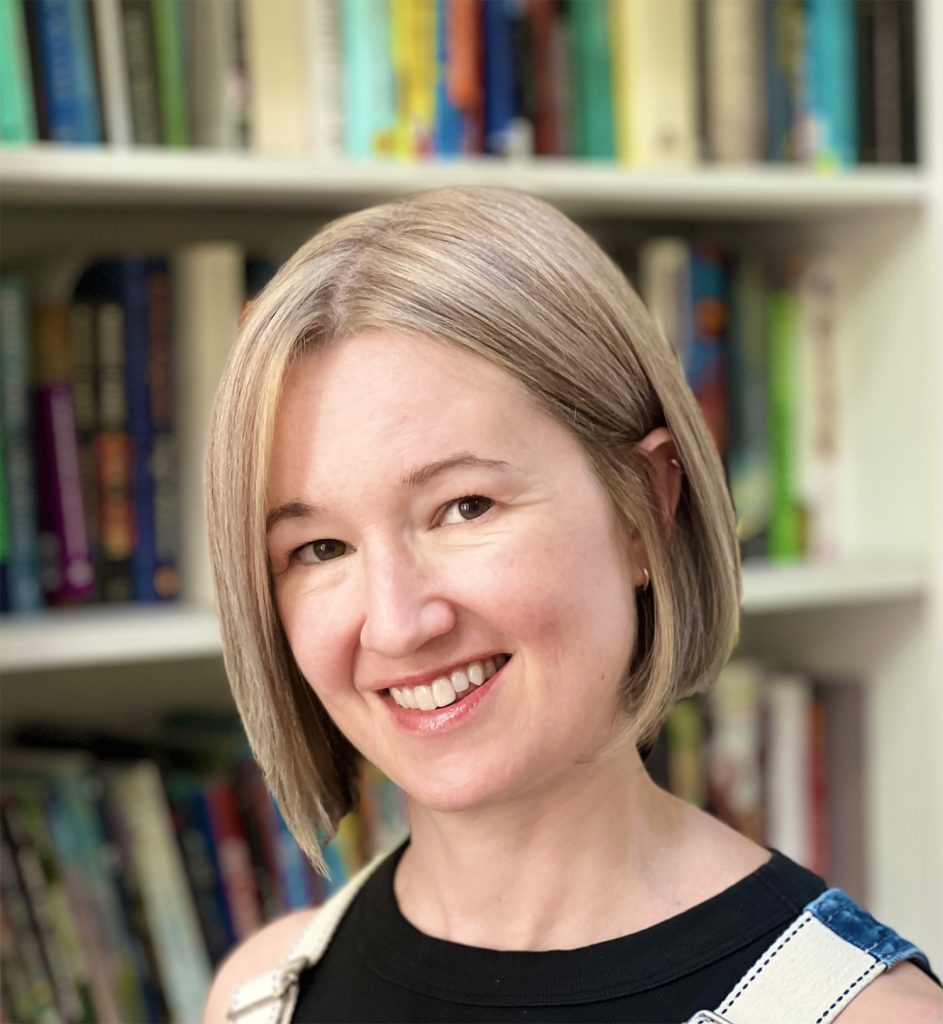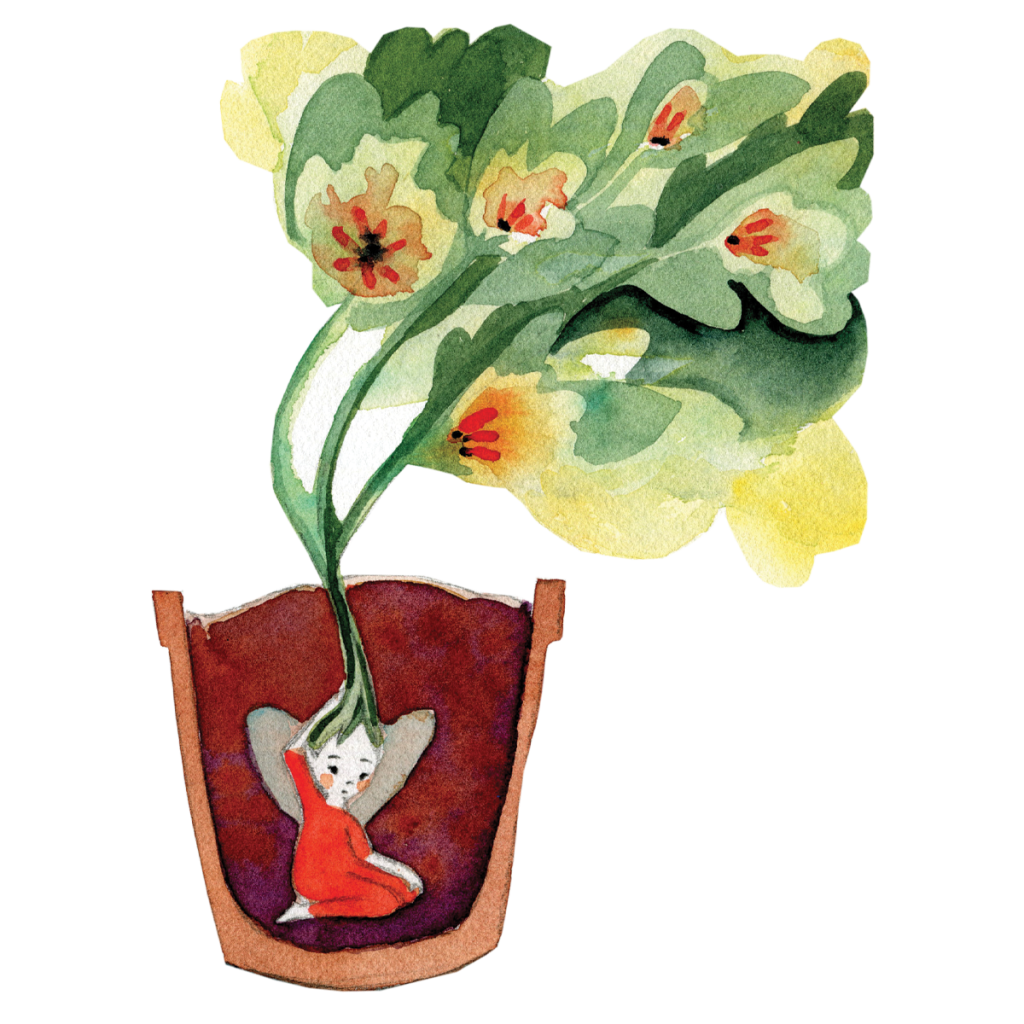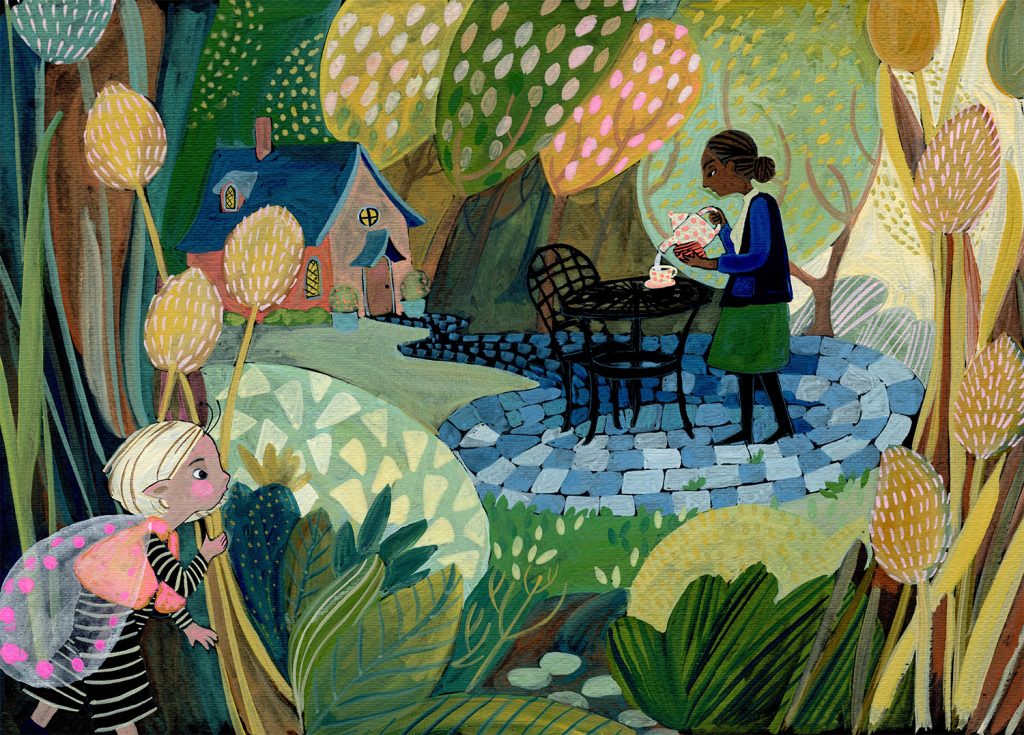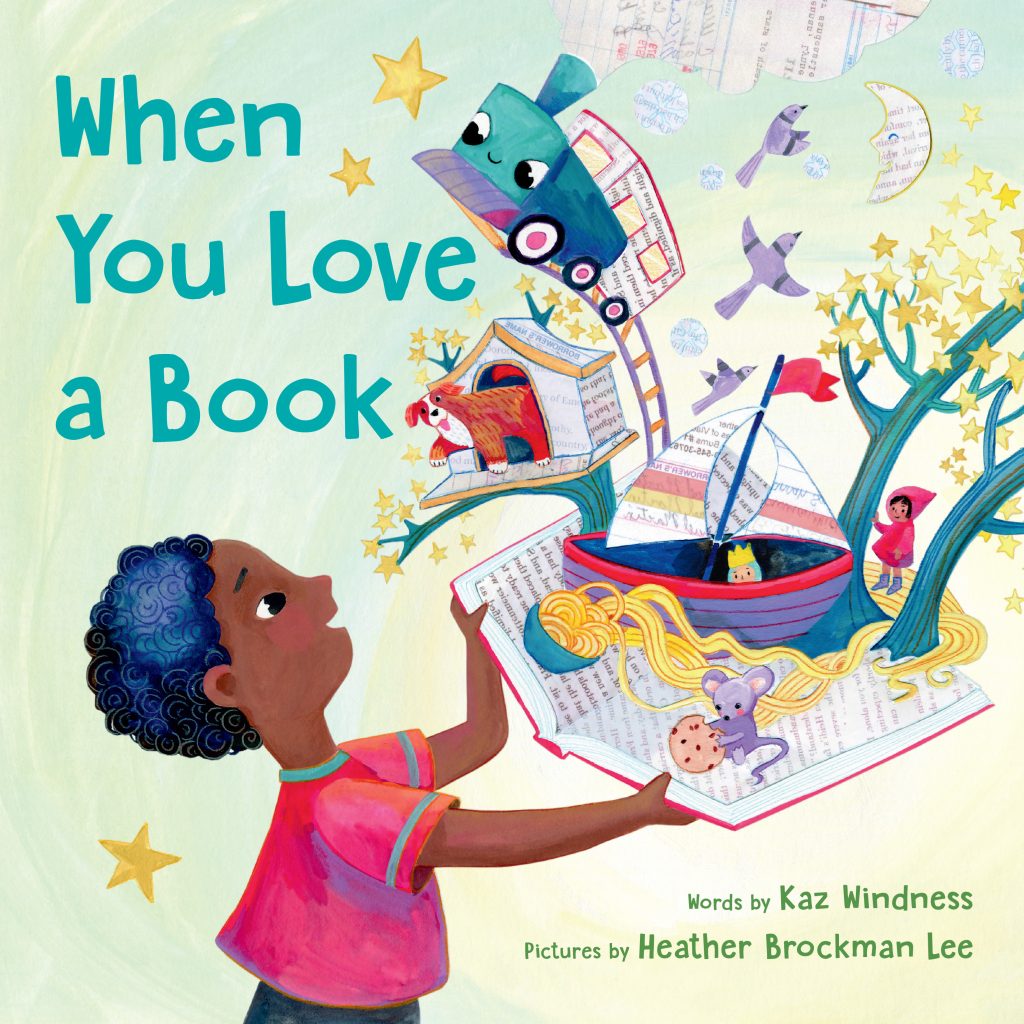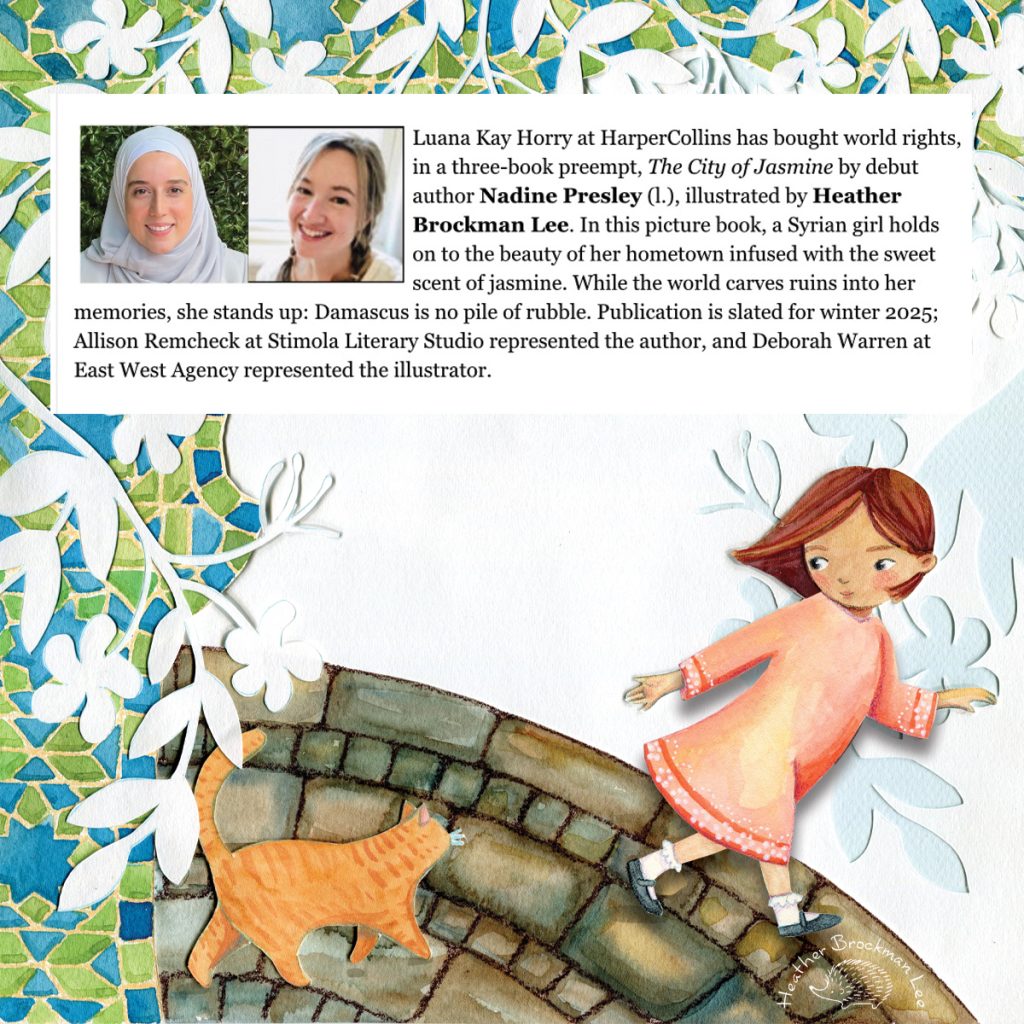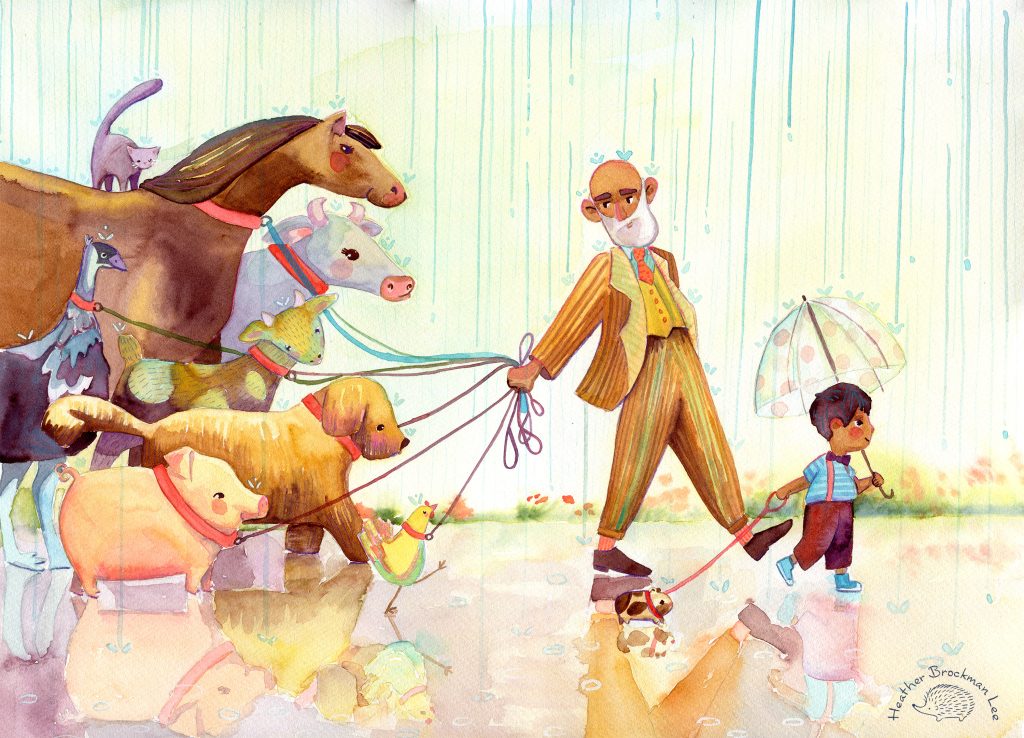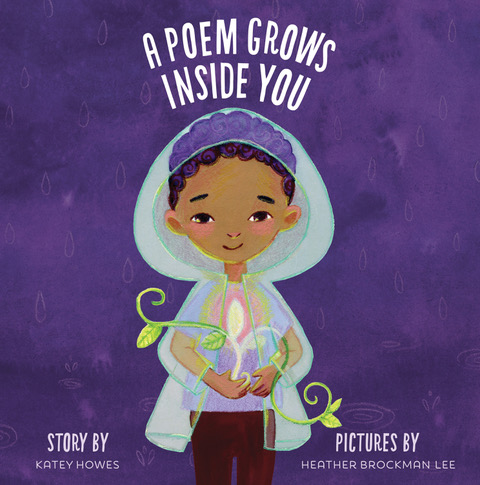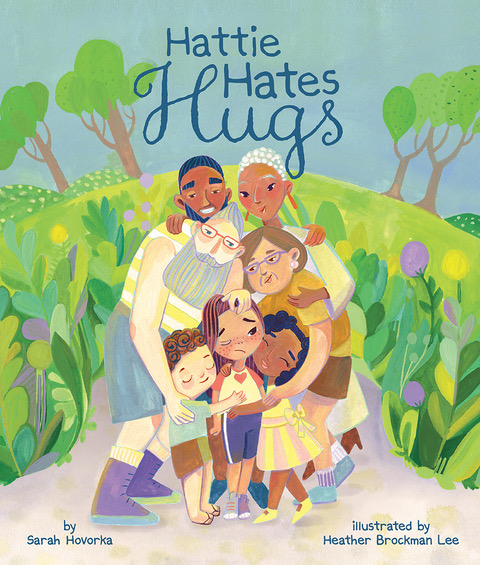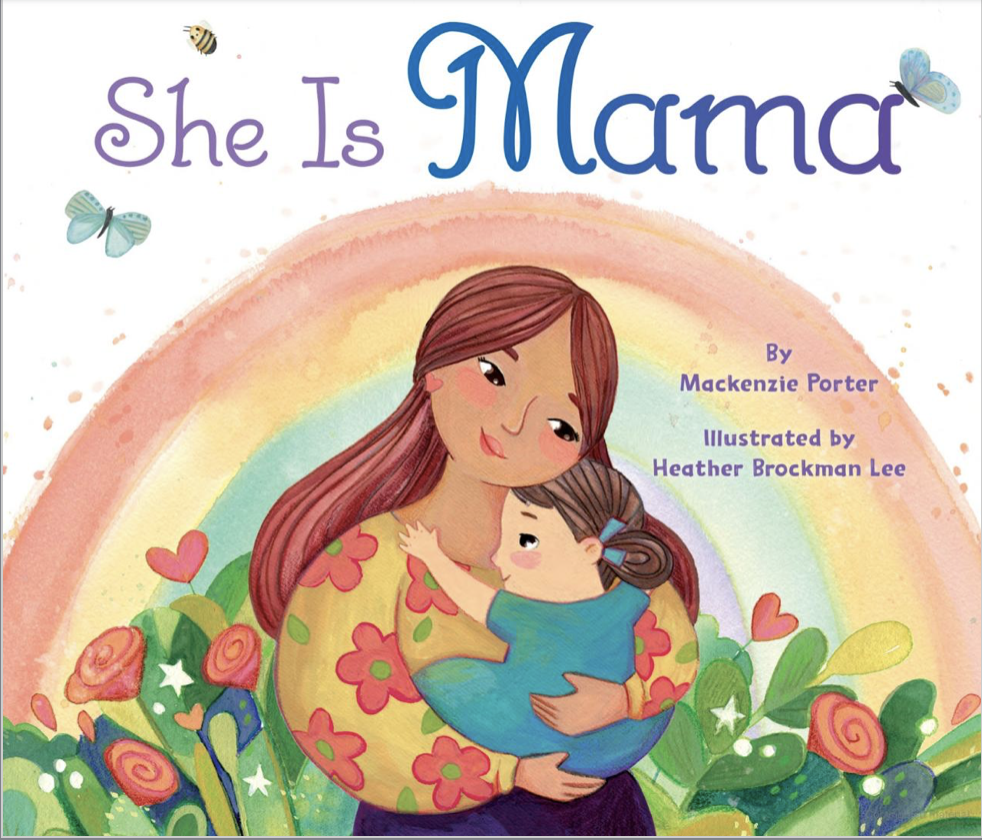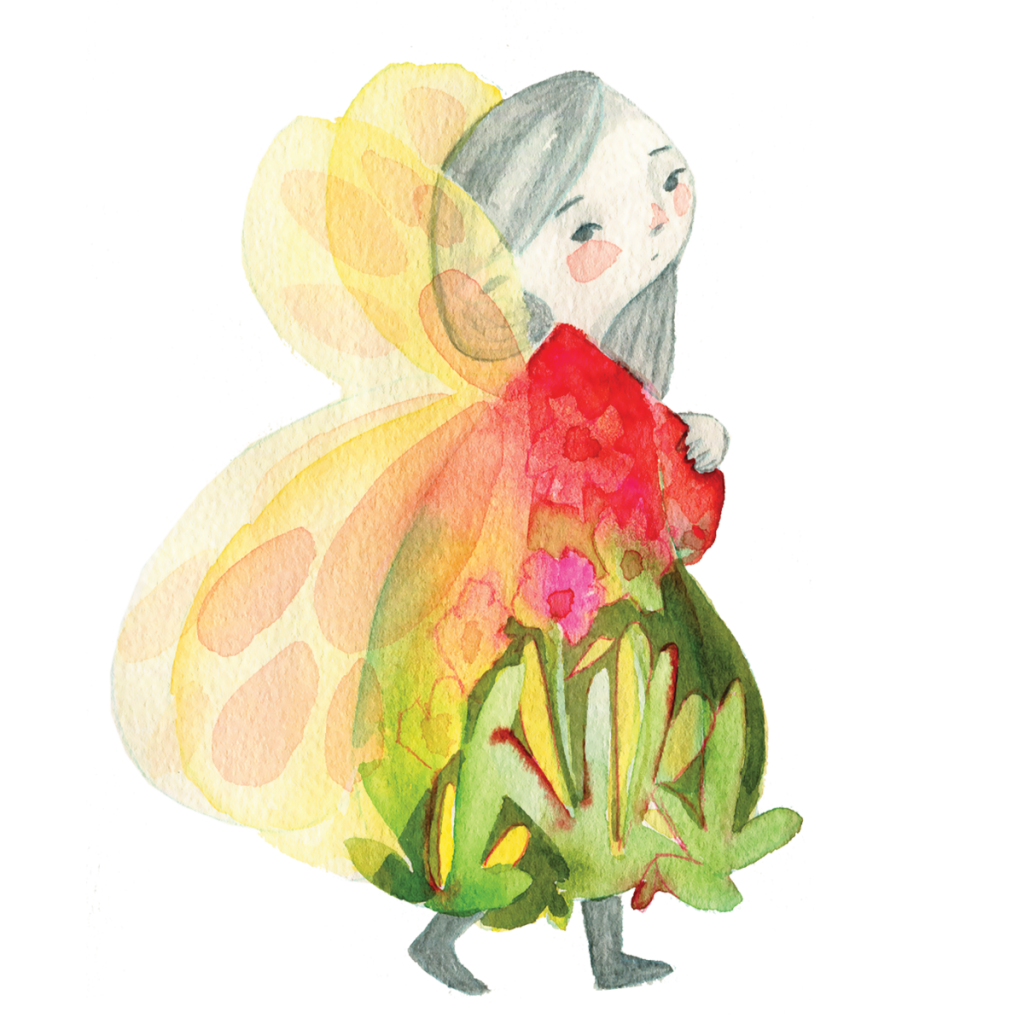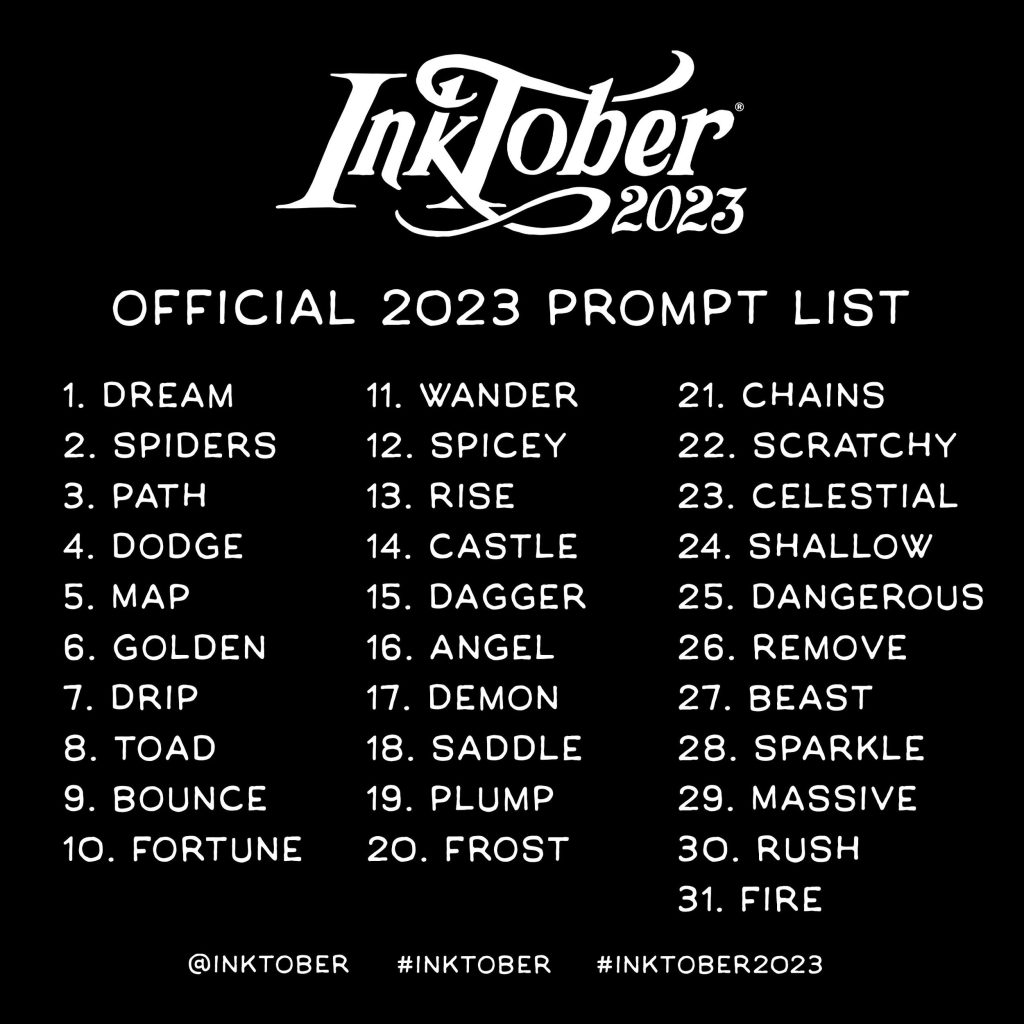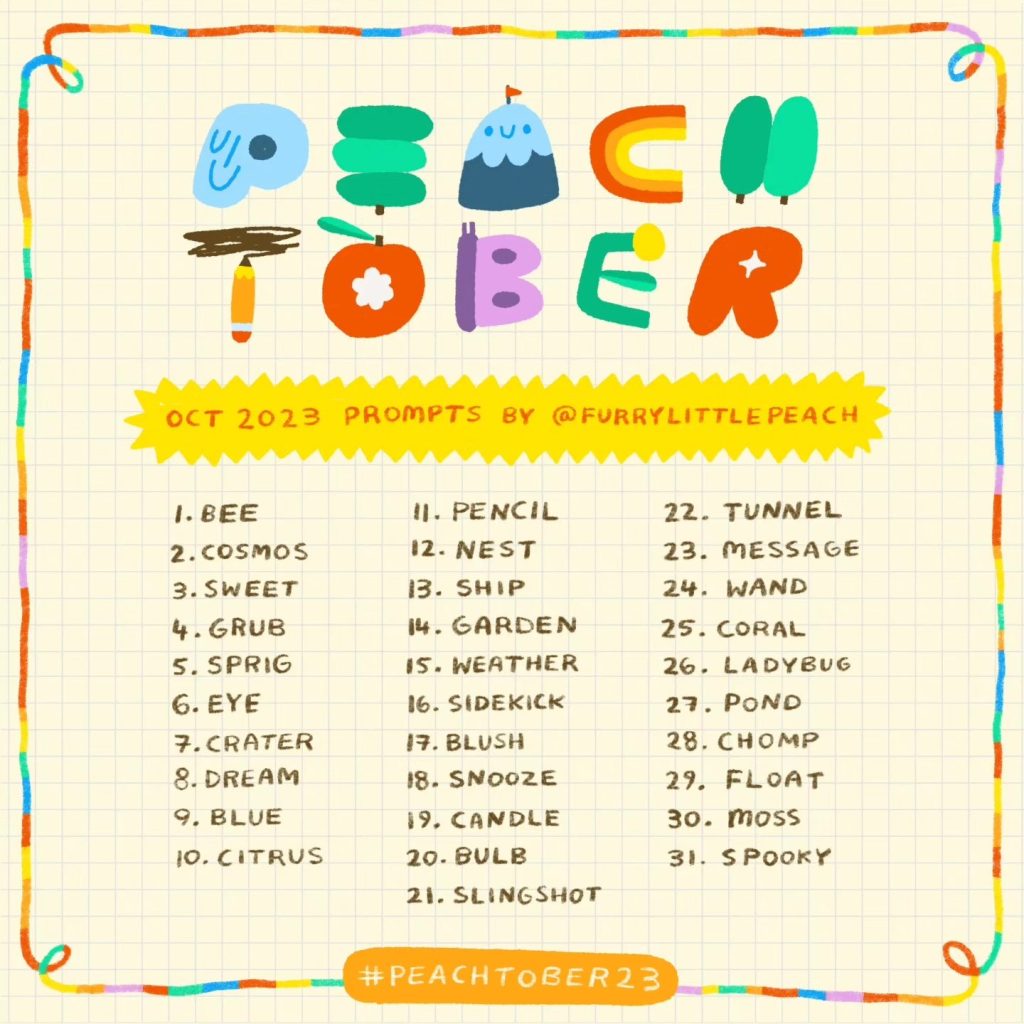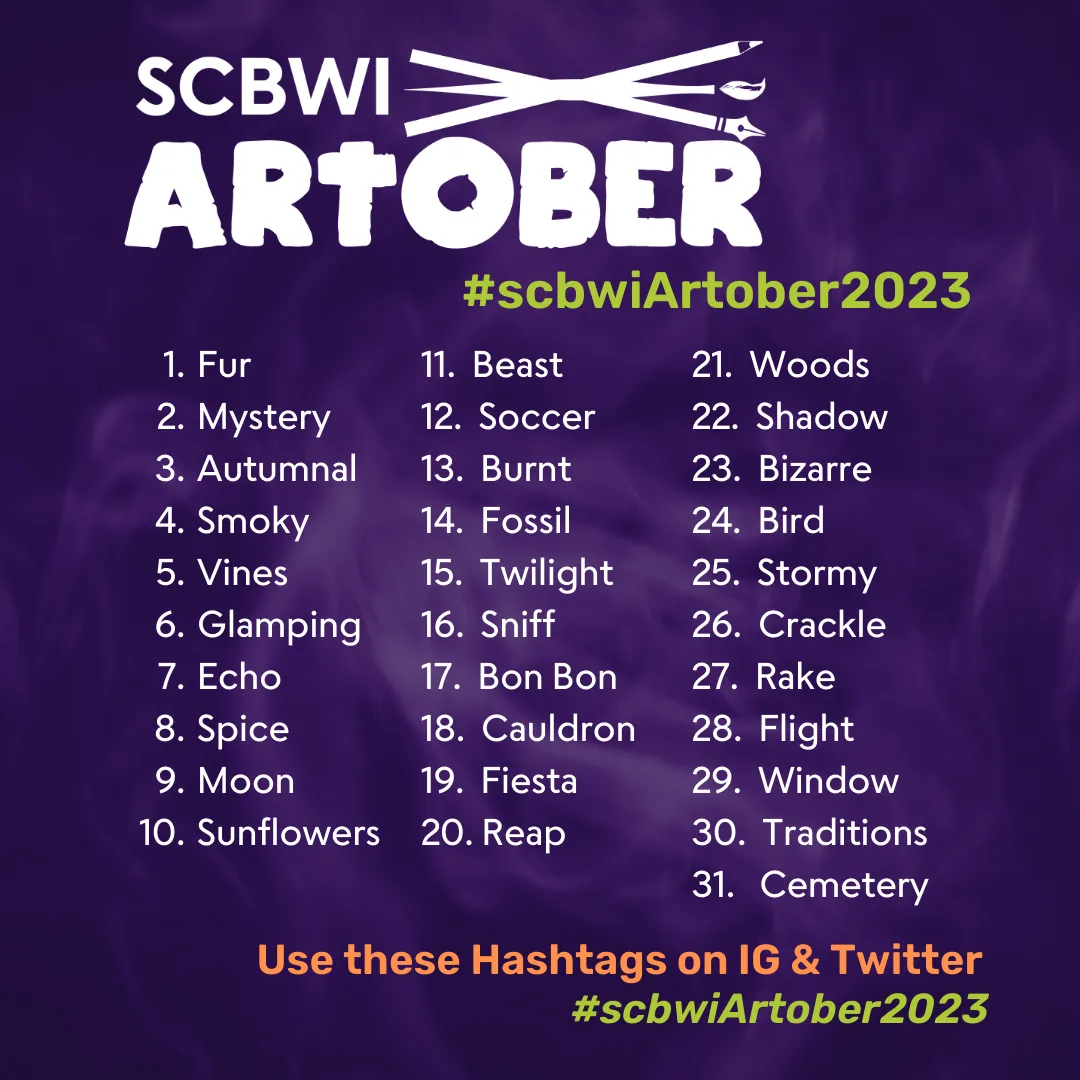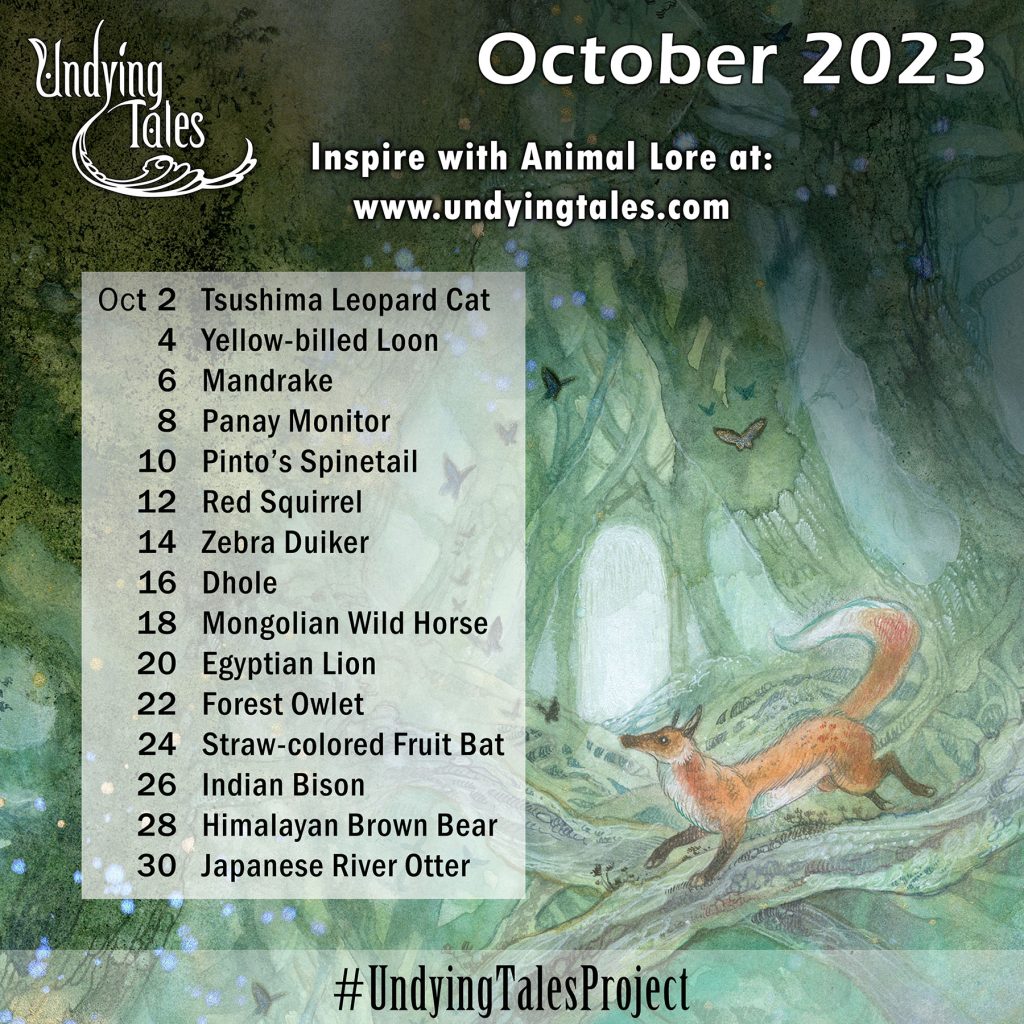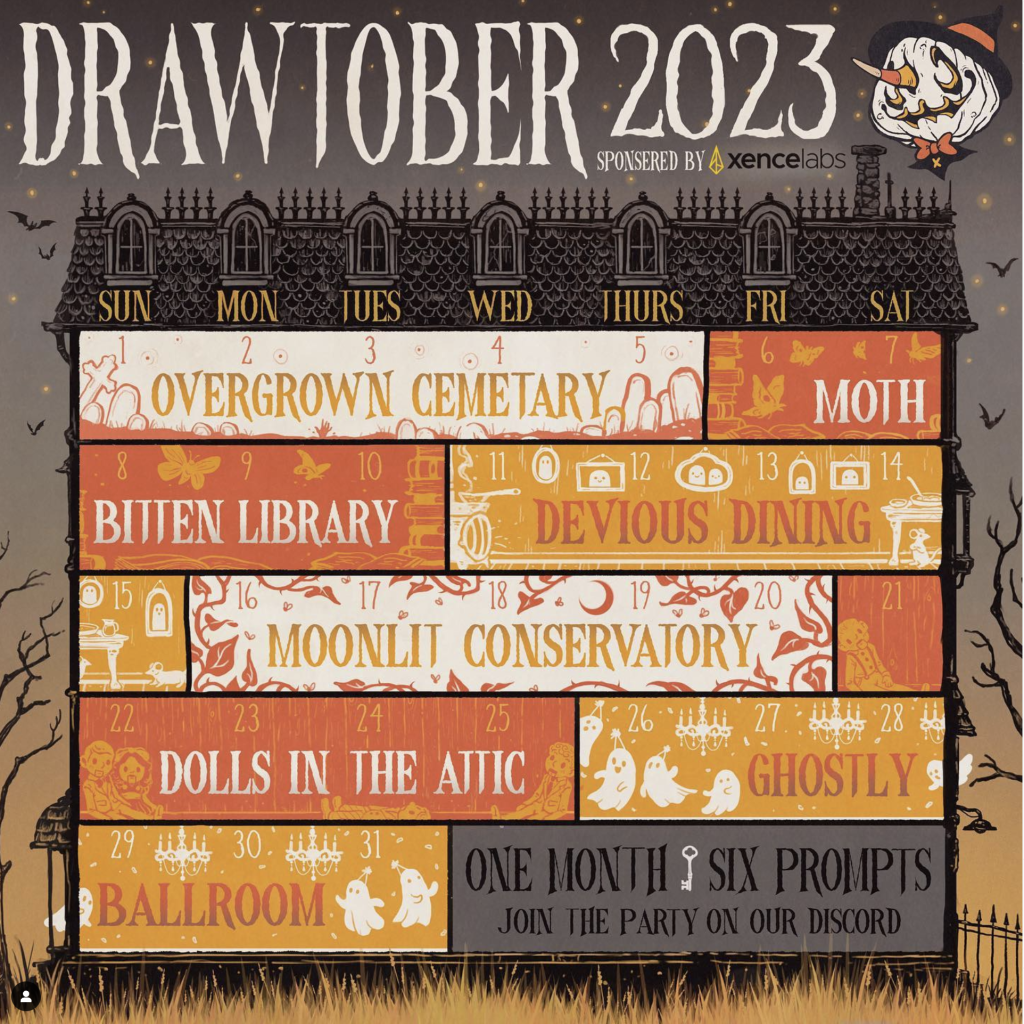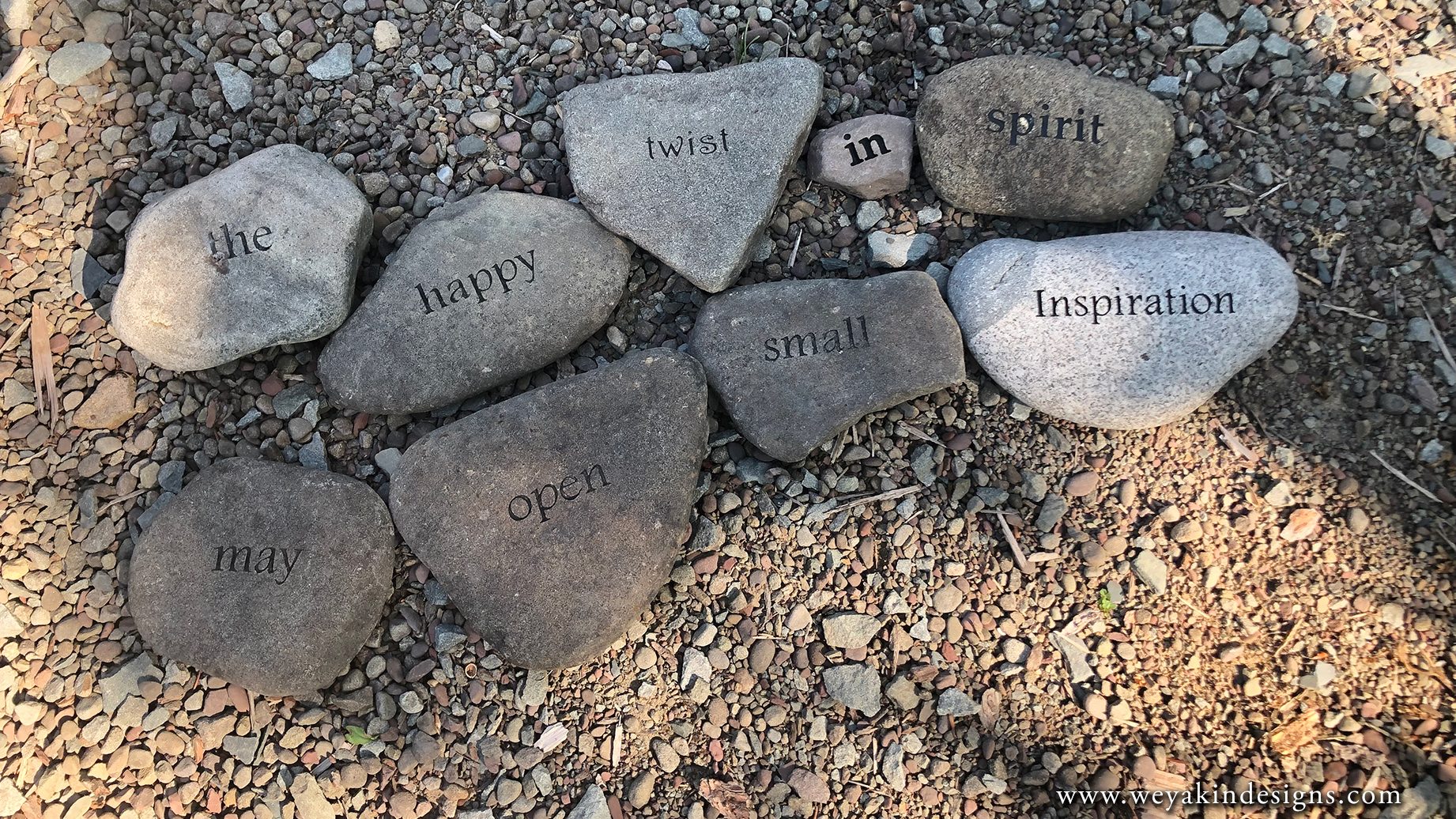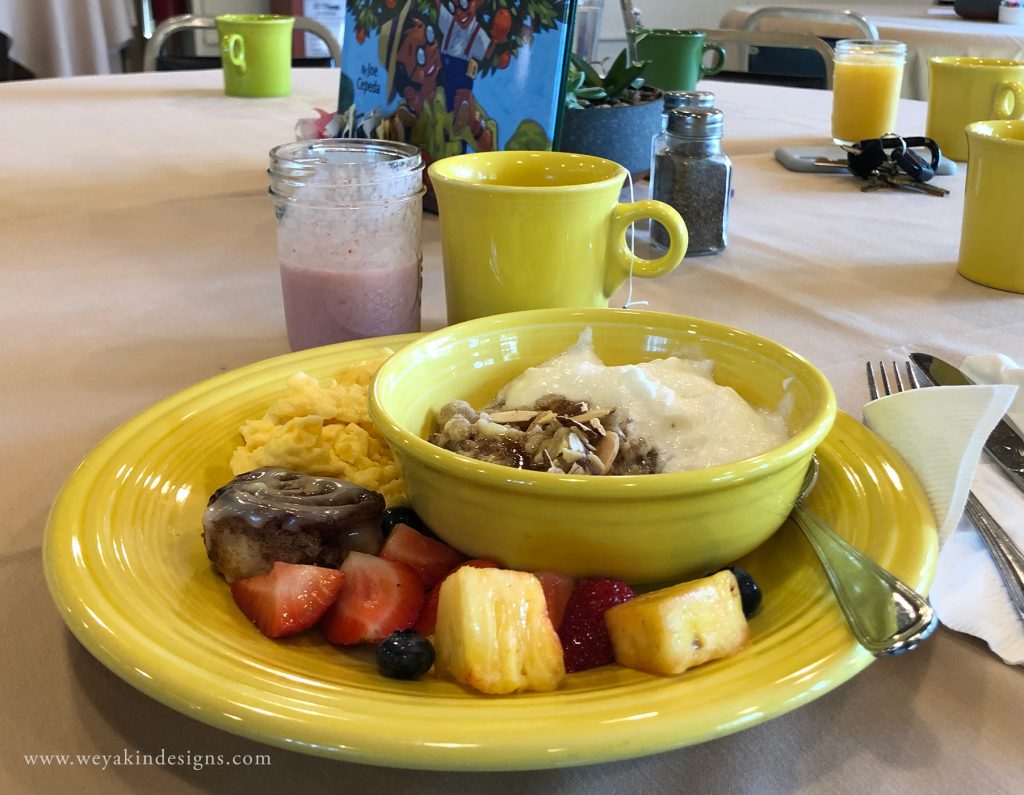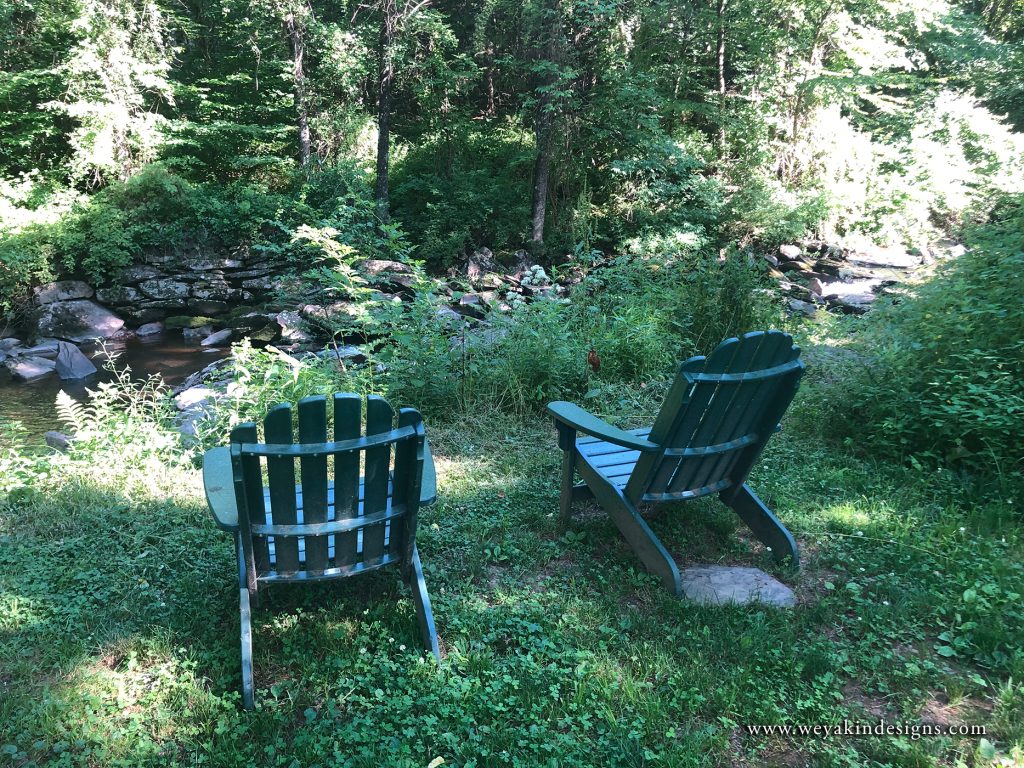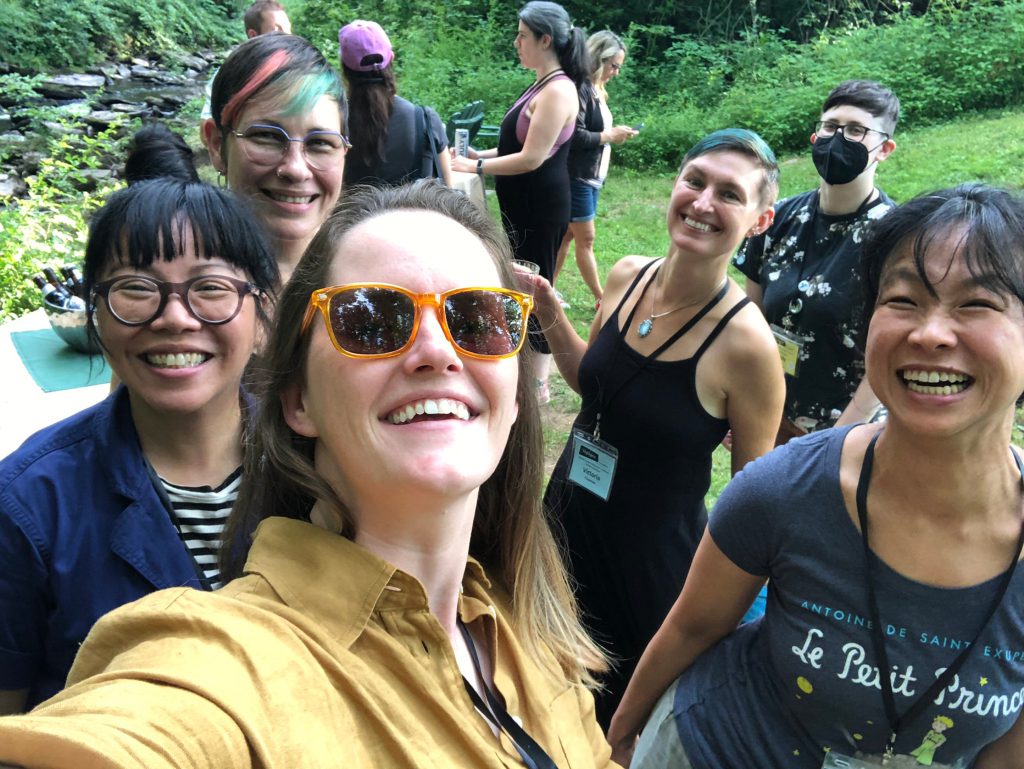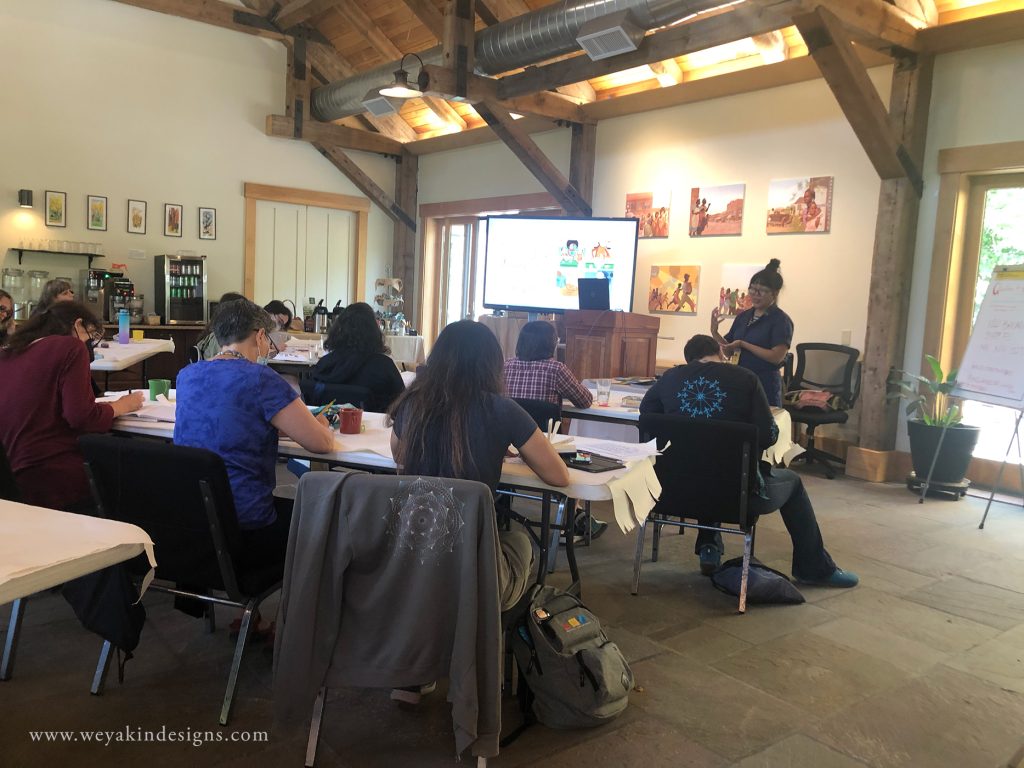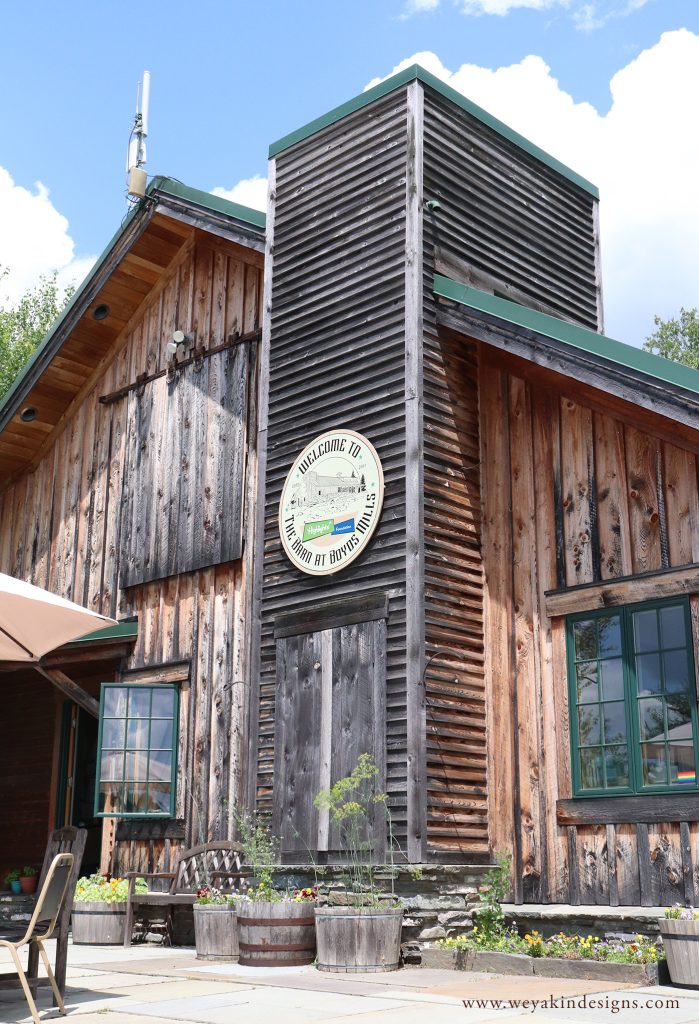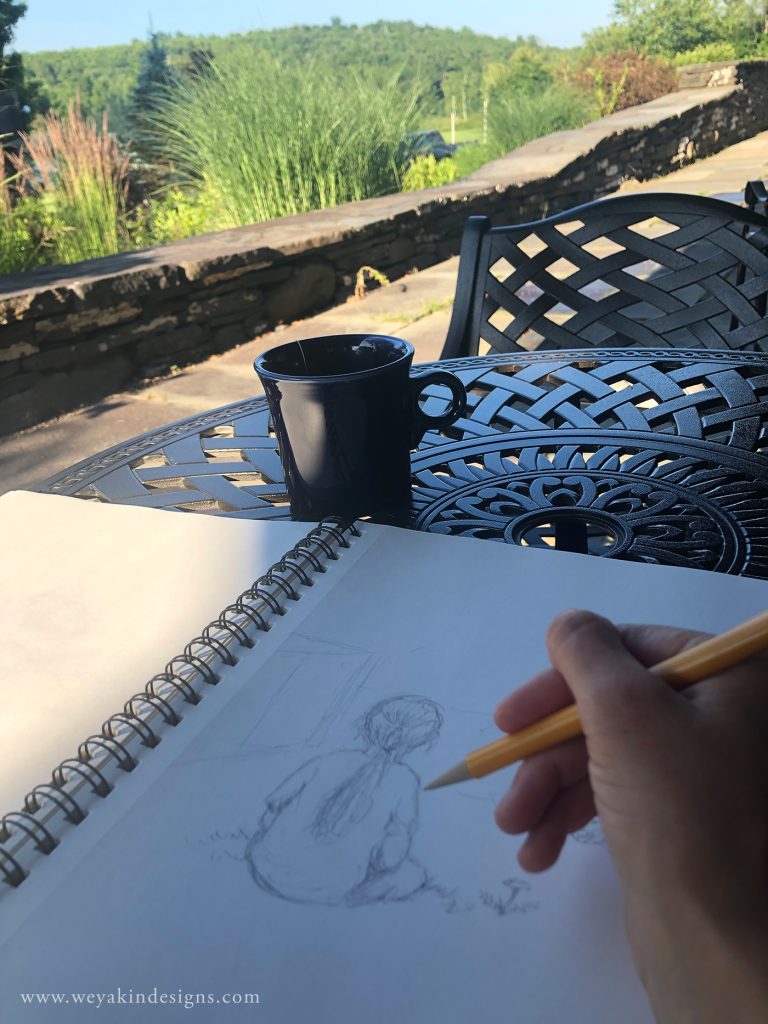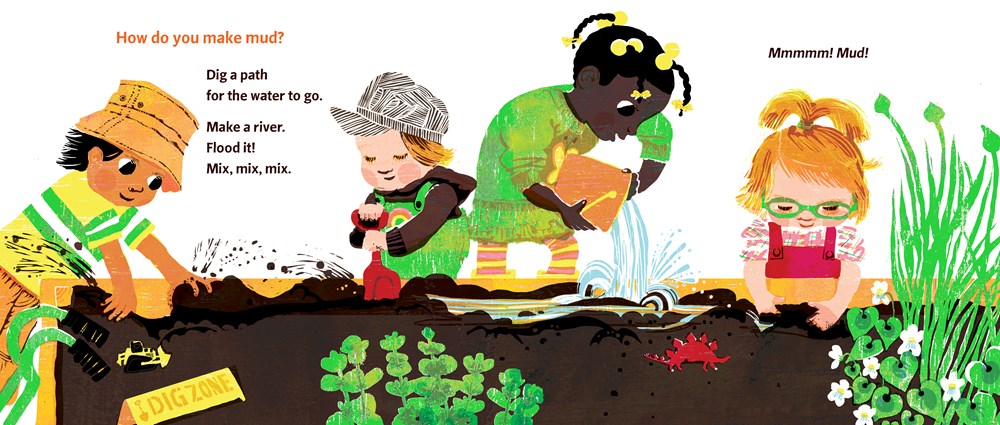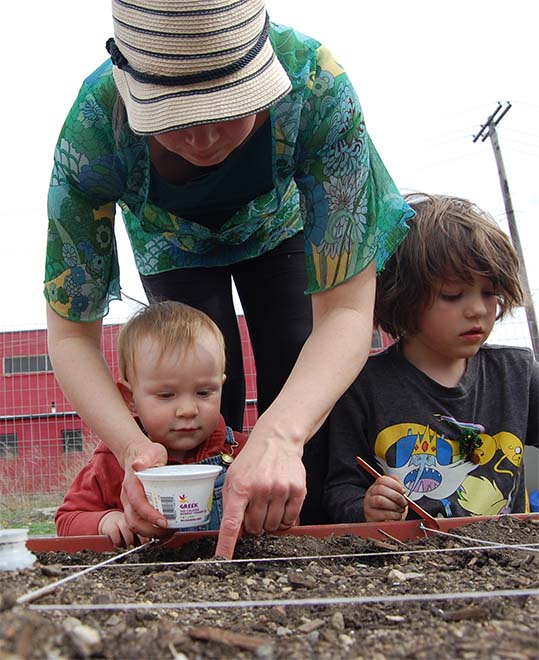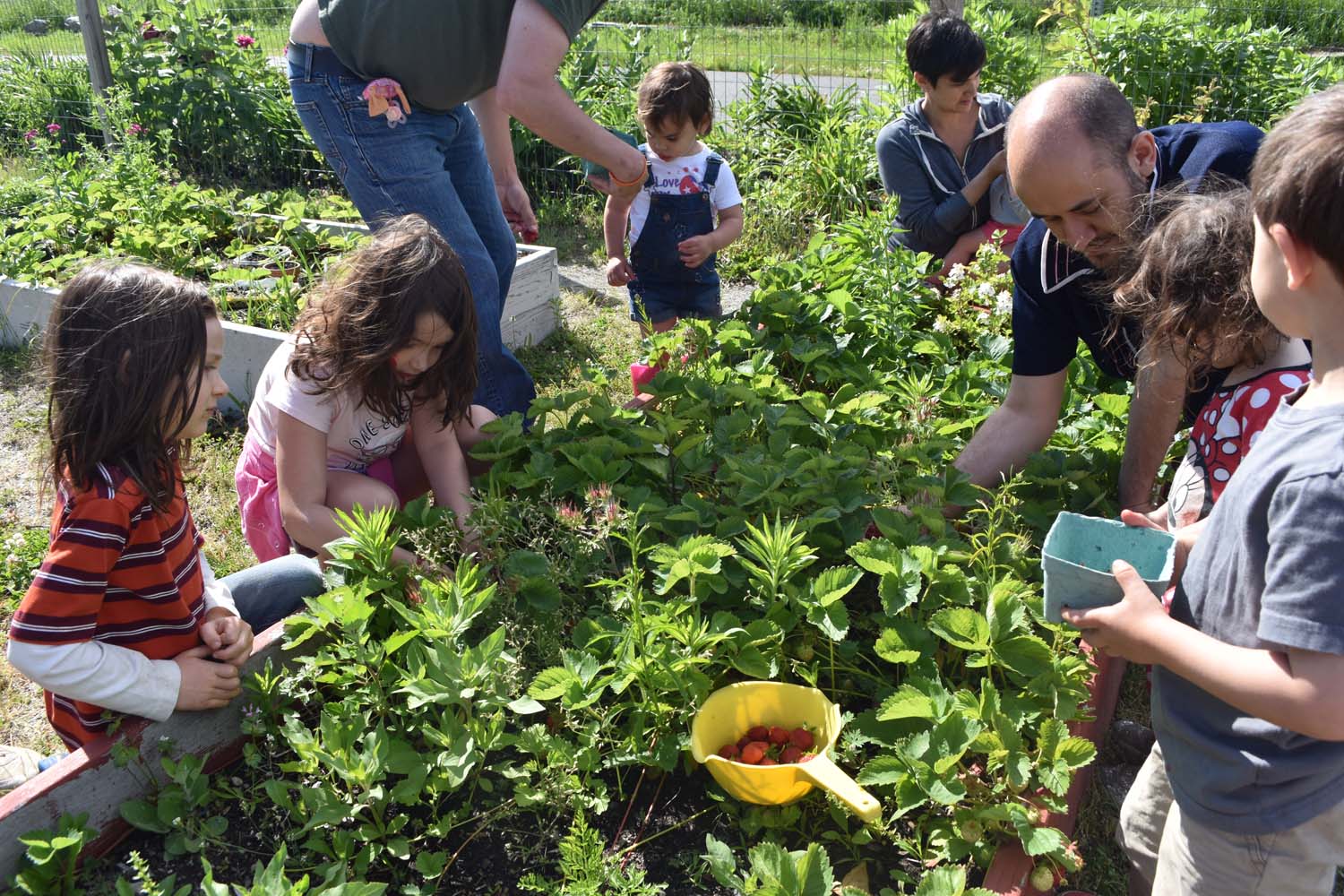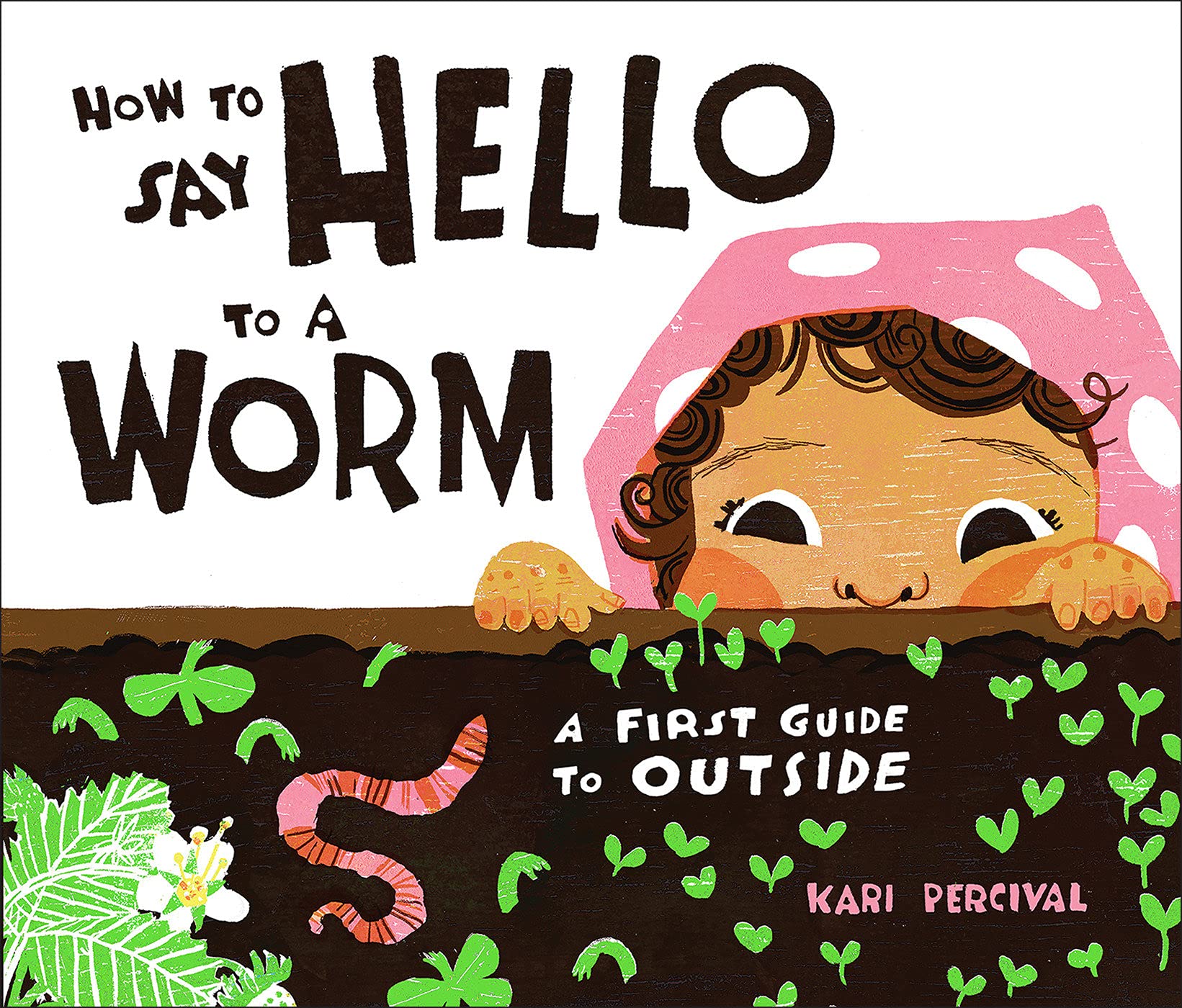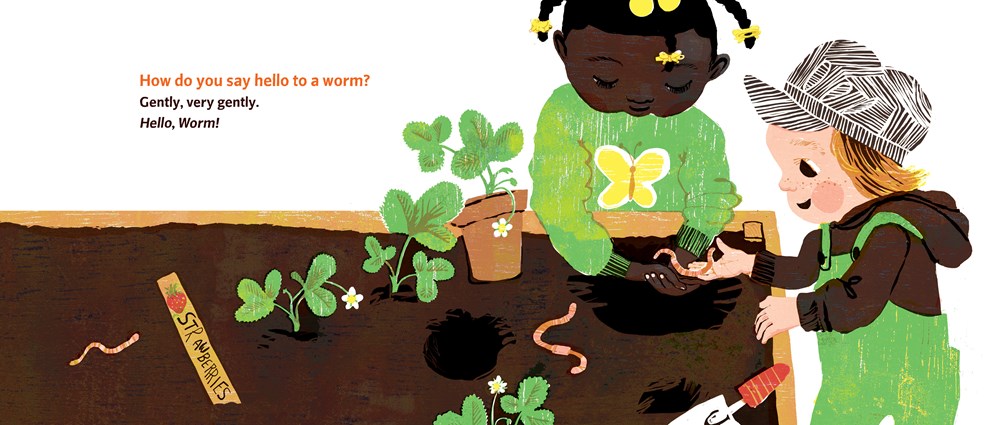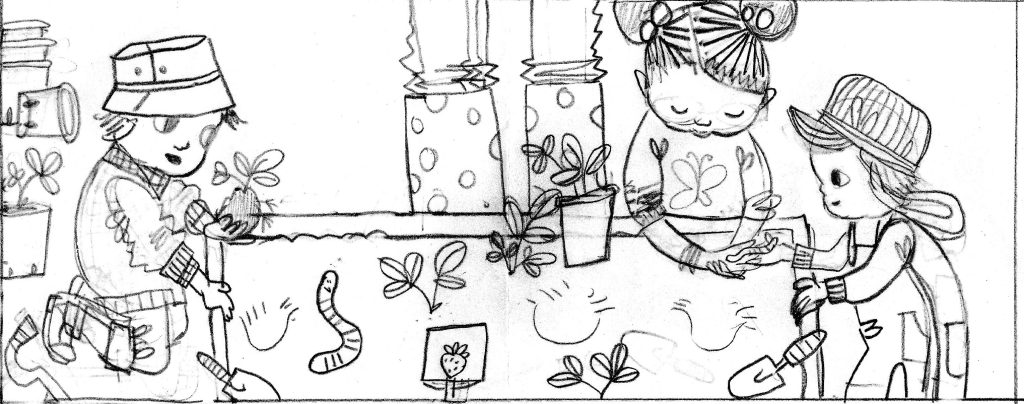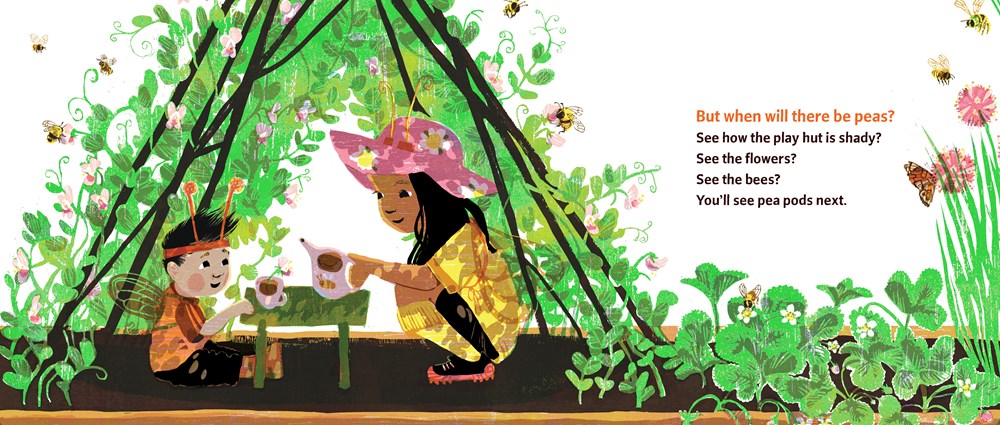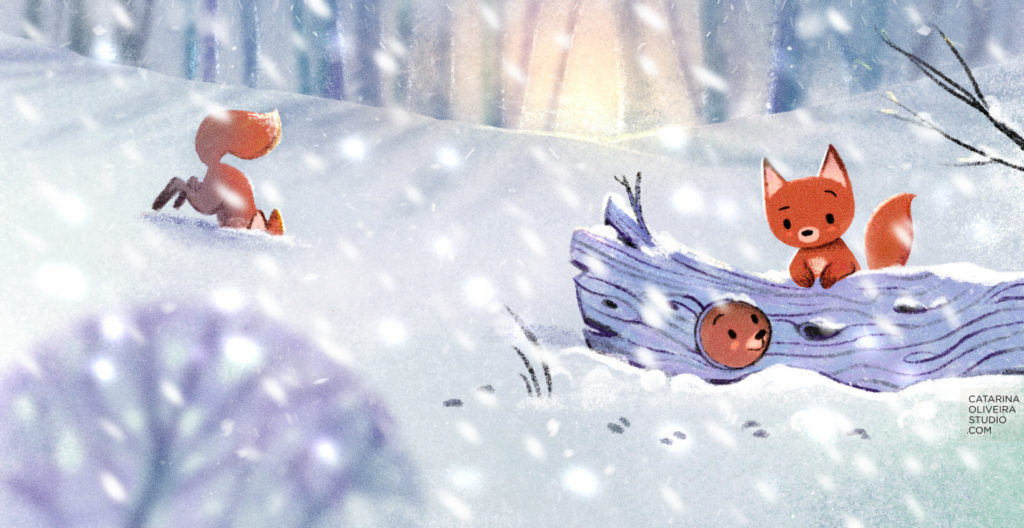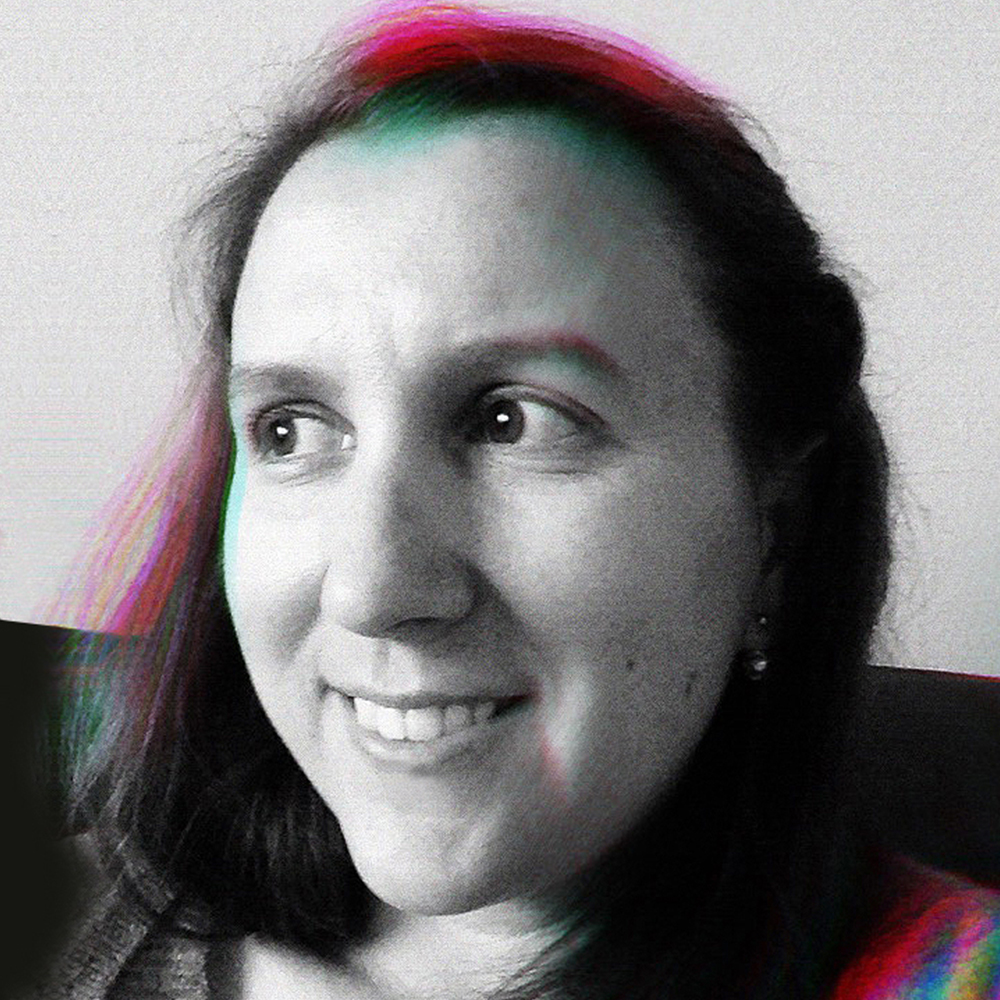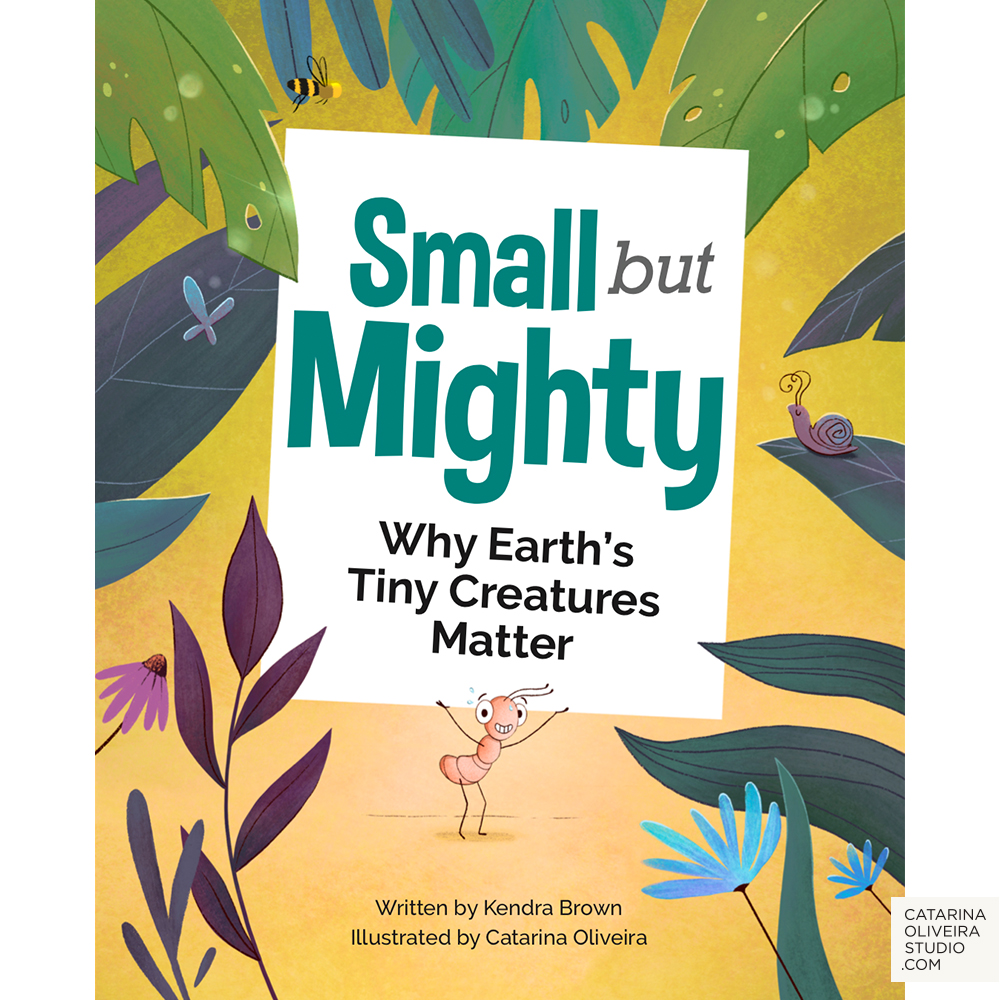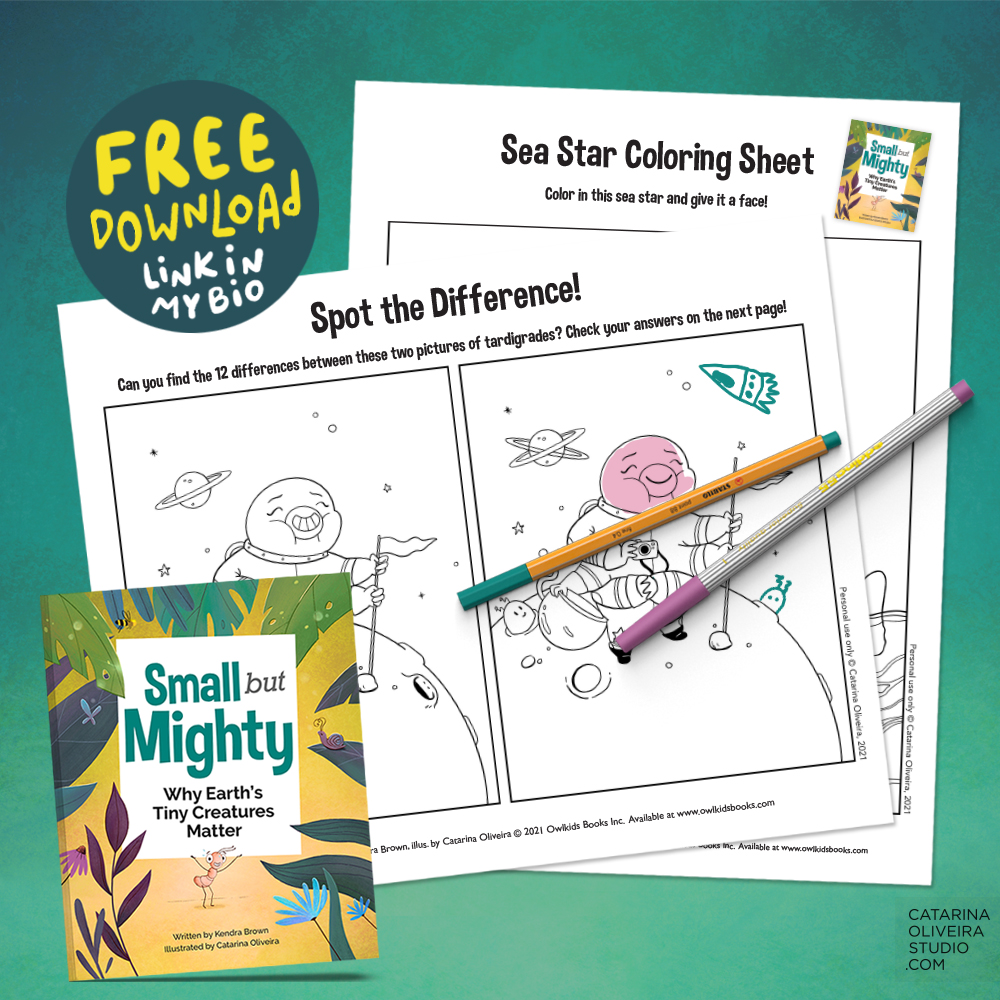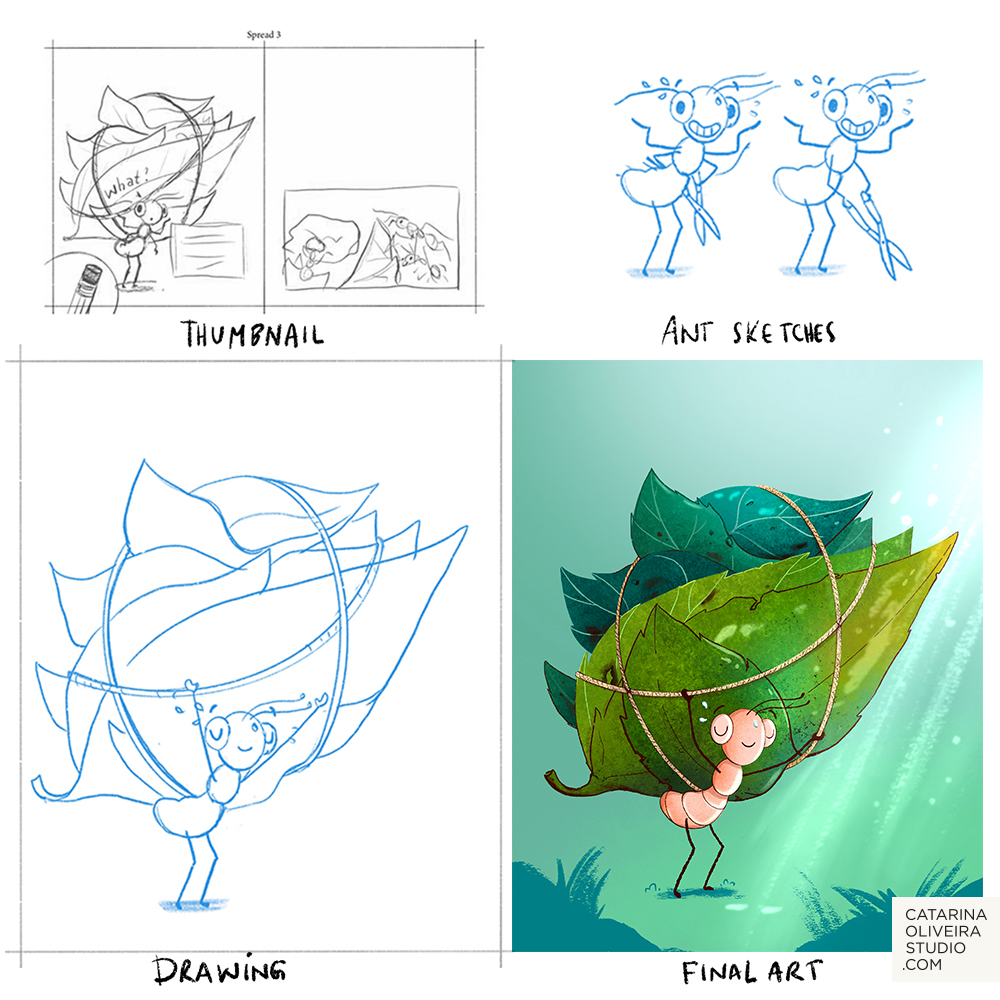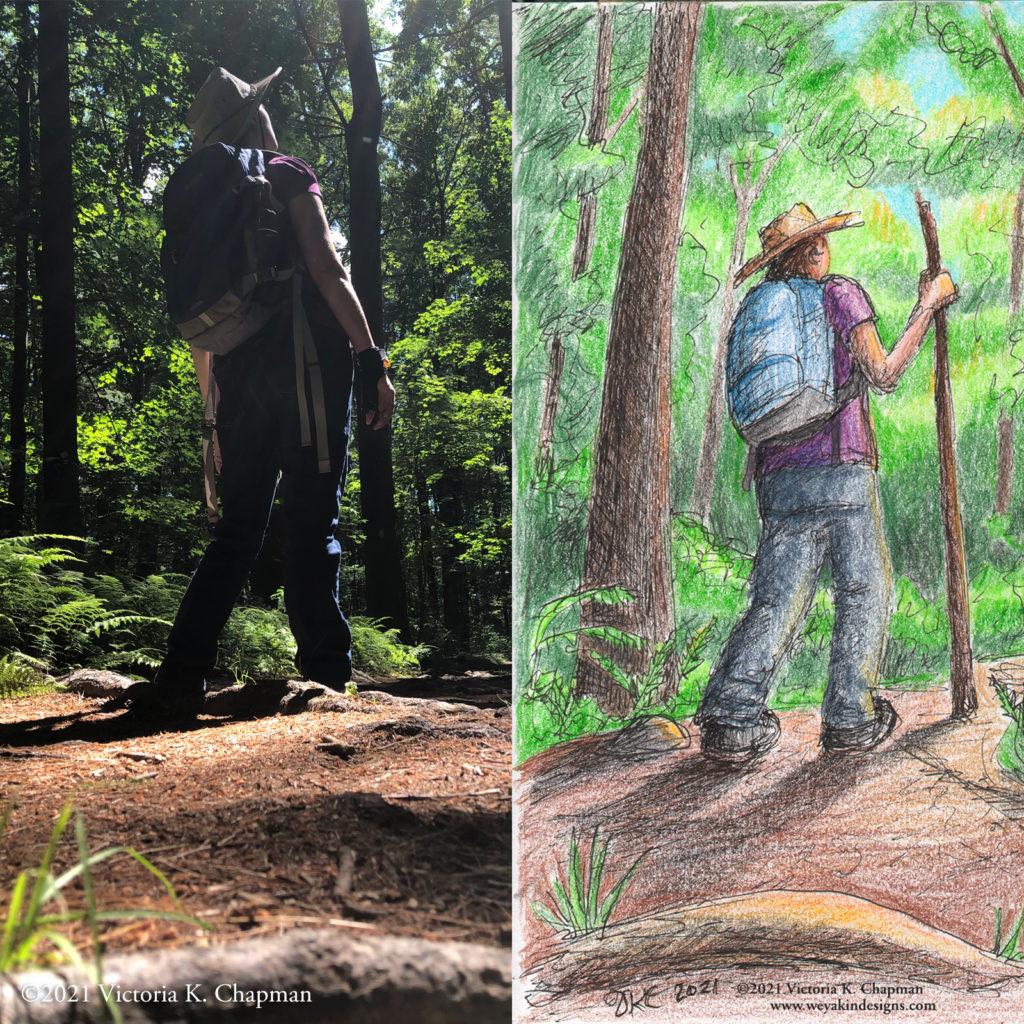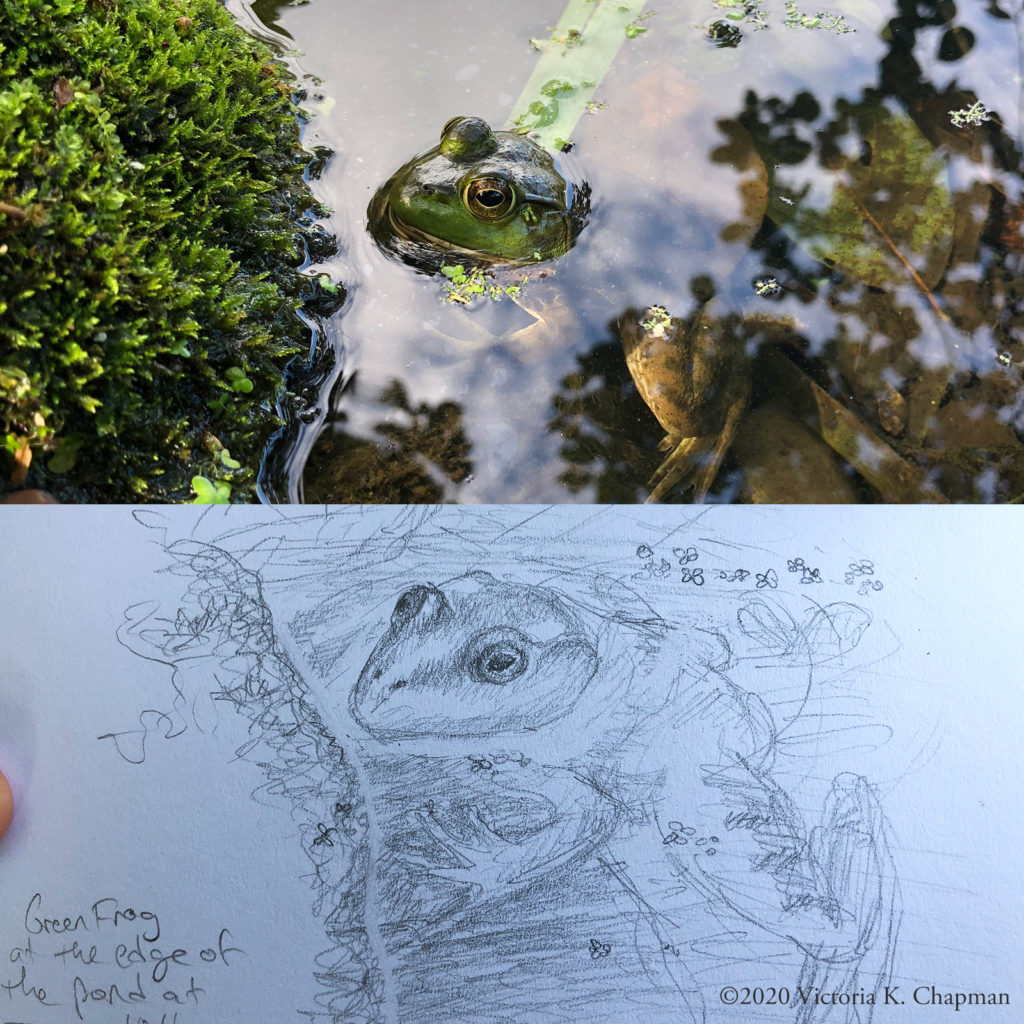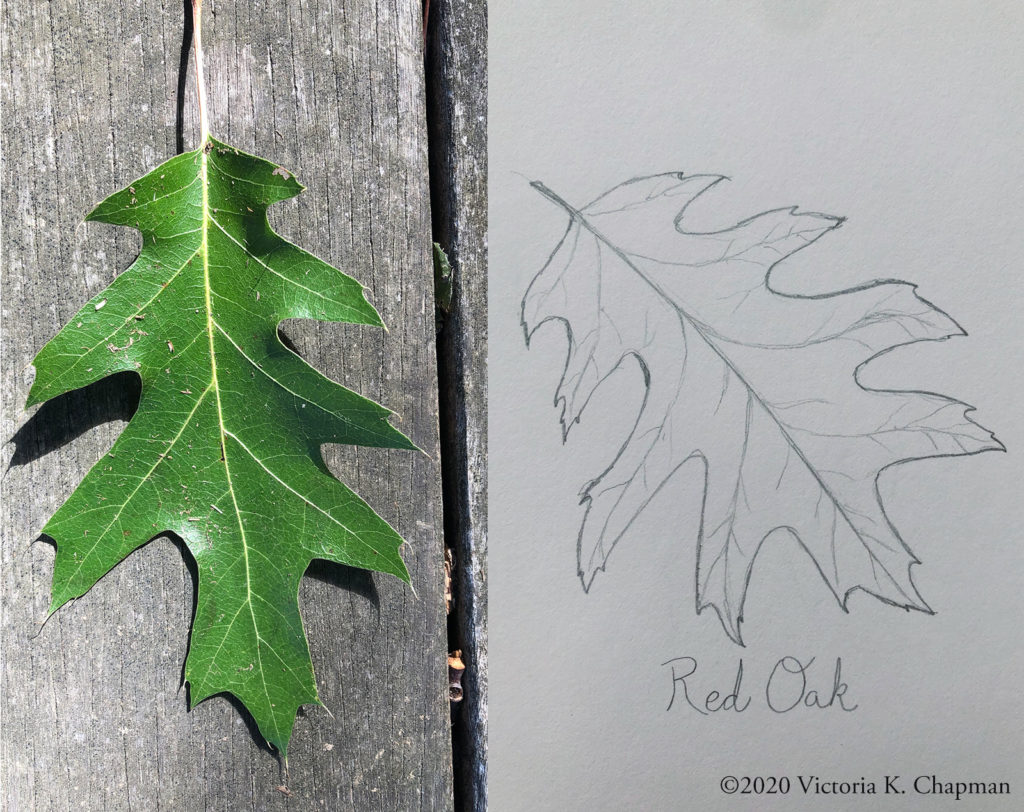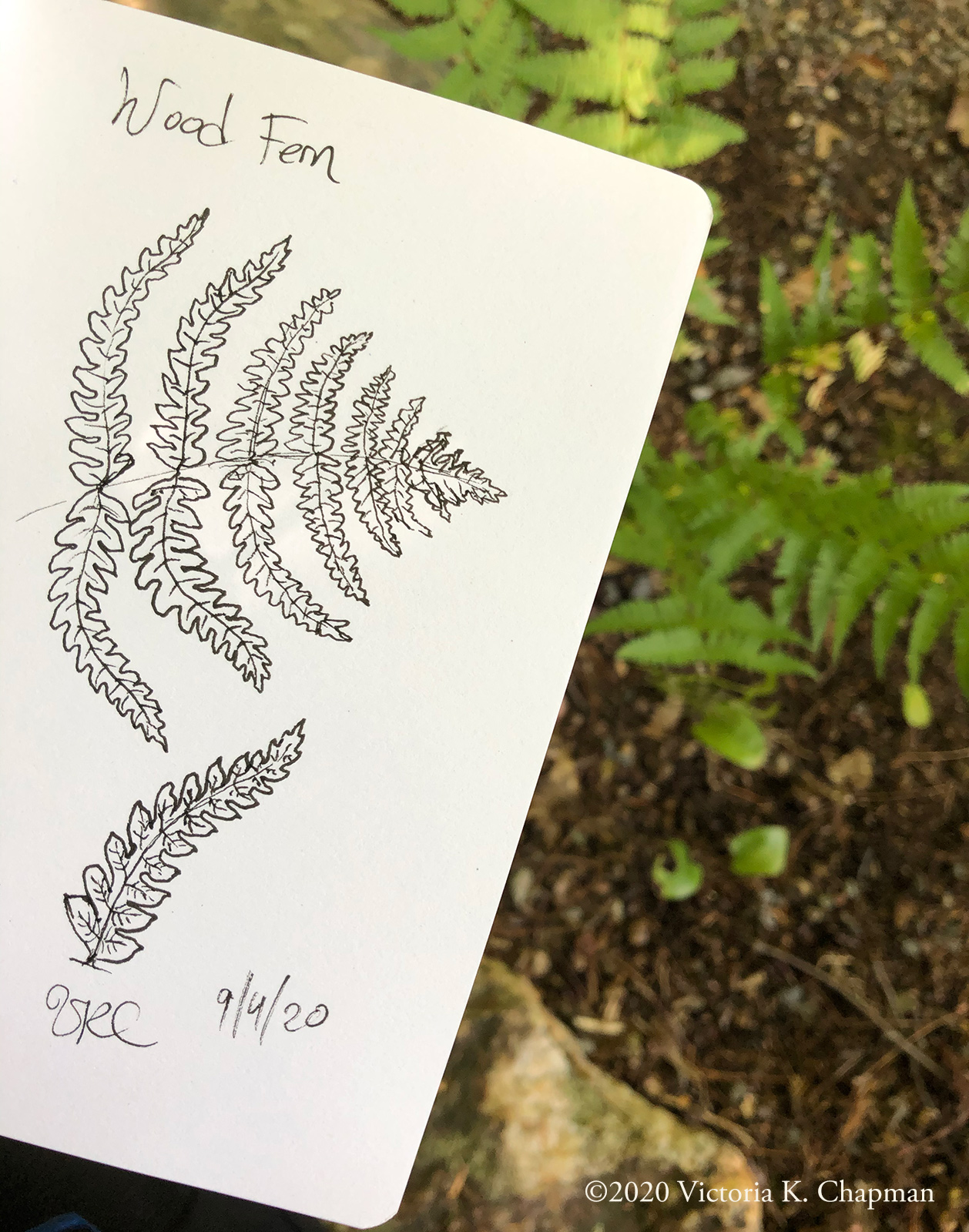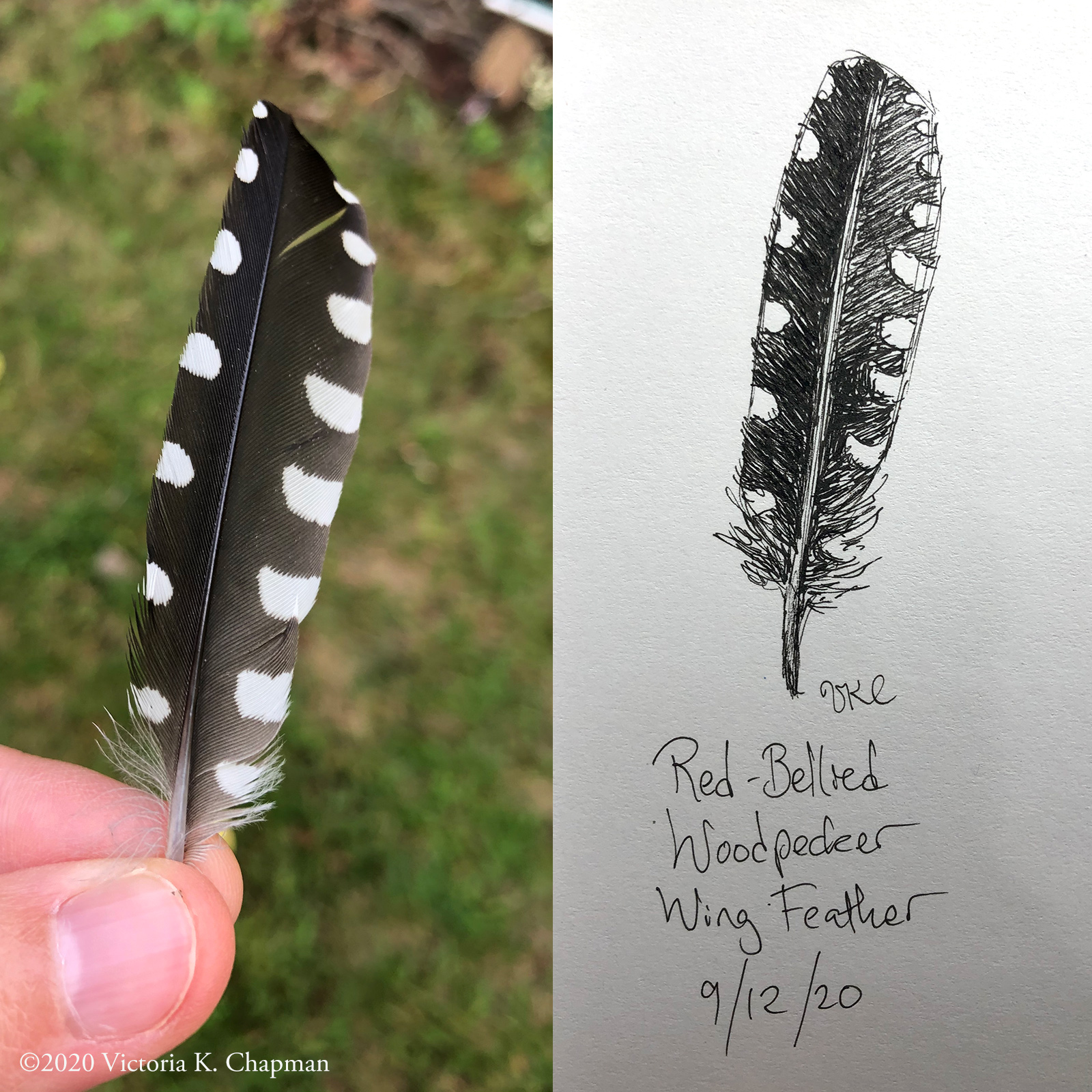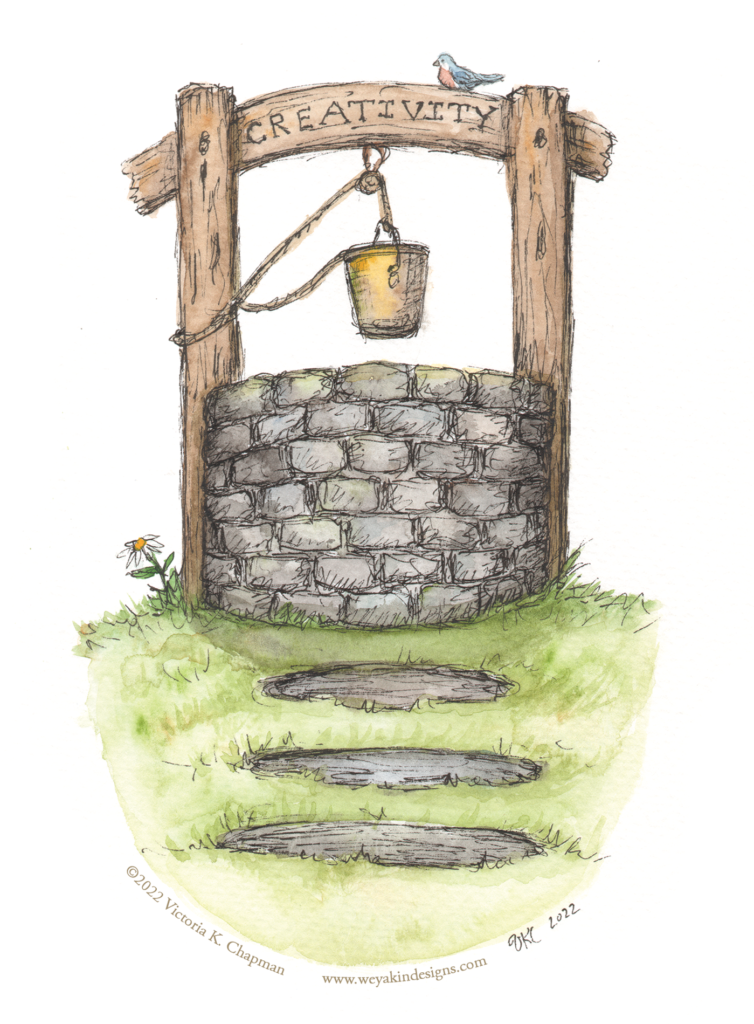KidLit Connection: Getting to Know Children’s Illustrator, Shiho Pate
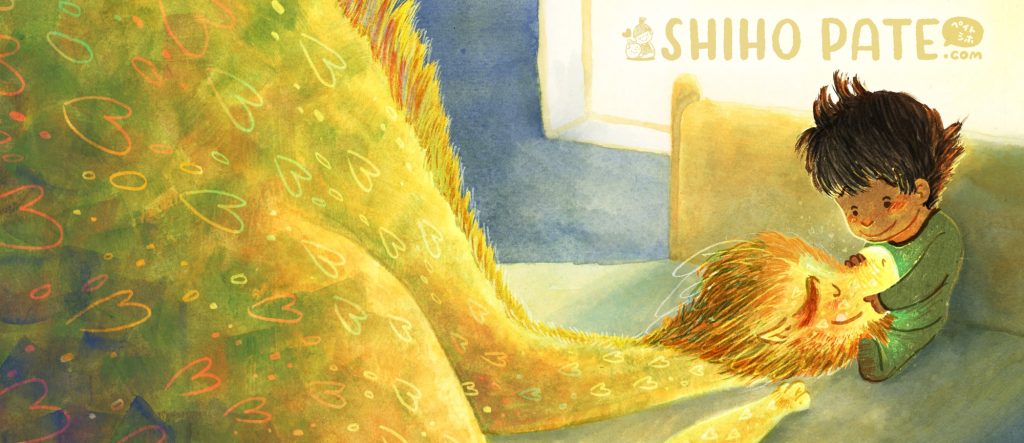
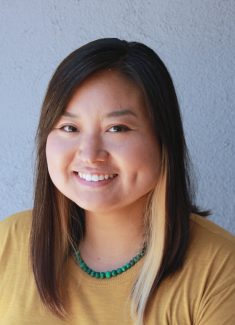
I’m so pleased to share this month’s KidLit Connection interview with children’s book illustrator, Shiho Pate! Shiho’s art has a playful and bold style that makes use of both traditional and digital mediums to convey a sense of warmth and fun. She is an illustrator who was born in Japan and now lives in Southern California. Shiho got her start in the gaming industry in New York City. While she has much gratitude for her years working as a game artist, she is so happy to be creating books for kids now.
Please join me in congratulating Shiho on not one but TWO book birthdays this month! Just this past week, THE RESCUES: BEST DAY EVER, written by Tommy Greenwald and Charlie Greenwald (Red Comet Press), was released! This is the second in the early reader book series THE RESCUES, both of which Shiho has illustrated. And earlier this month, BABY STEPS, an adorable picture book written by Kimberly Derting (Abrams Appleseed) also came out. We’ll talk more about these books in the interview, plus more about how Shiho got her start in illustration, what inspires her, and more about her illustration process. Welcome, Shiho!
An Interview with Children’s Book Illustrator, Shiho Pate
We’d love to hear more about you and your art! Can you tell us more about your work as an illustrator for kids?
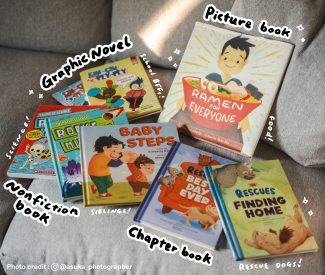
Absolutely. And thank you for the opportunity! Hi I’m Shiho Pate. I love making all kinds of children’s books such as picture books, chapter books, graphic novels and science books! I tend to gravitate towards books that have great energy and lots of emotion. Yes, even science books have lots of emotion! When I’m done drawing my face tends to hurt because I (unknowingly) make the facial expressions that the characters make. I connect to the stories and characters by exploring beyond the words. If it’s not in the story, I think about settings, character personalities and histories, mood and so on. I also talk with my editor (who relays it to the author) about these things to make sure I’m aligned with their vision. My favorite part of the book making process is making the book as a team.
How did you get your start as a children’s book illustrator and what lead you down this path?
I change (improve?) this answer all the time because I’m not sure when I actually started. The technical answer is when I talked to my agent. My illustrator mentor introduced me to my lovely agent Deborah Warren at East West Literary Agency. It felt real when I started talking to Deborah. But, I think my earliest influence was watching my mom make children’s books when I was a kid. She took several children’s book making classes from our local library in Japan. She did it because it was fun. That stuck with me. That’s when I realized I could make my own stories and draw them too! MAGIC.
The path to working professionally took a while though. I went to art college and took children’s book classes. I thought I was going to be a children’s book illustrator right after graduating, but because I needed a working visa, I became a full time game artist for an indie game studio. This was the best decision I could have made. I learned a lot about digital art, character design, graphic design, time management, working as a team and communicating effectively. While working I also started making book dummies, visited museums and attended conferences. My game studio art director also critiqued my book dummies. All of that helped me a lot when I met Deborah.
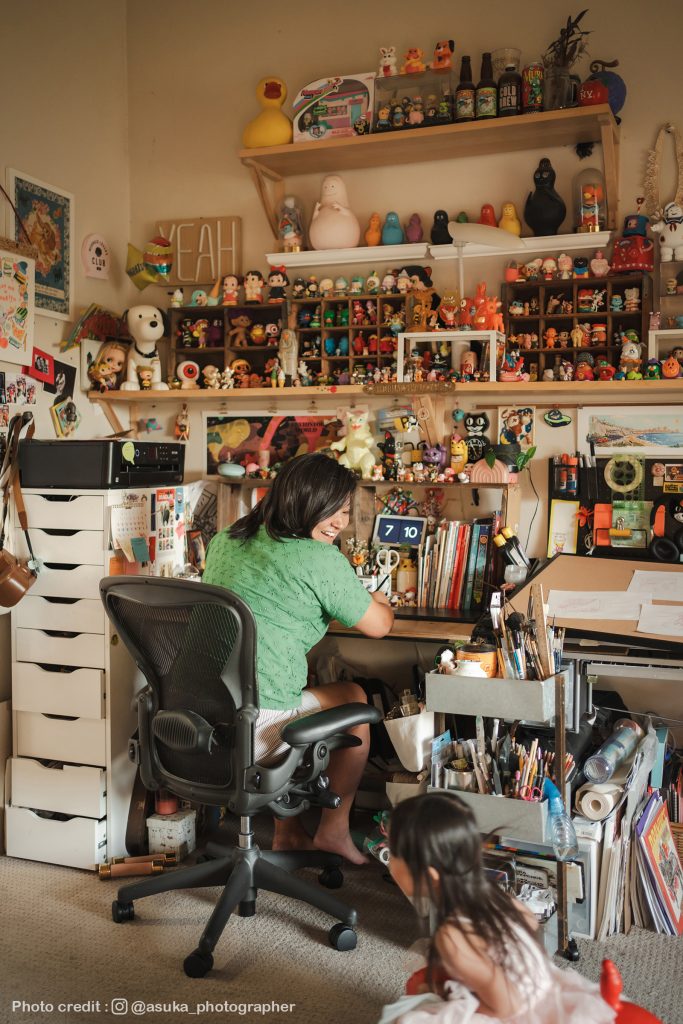
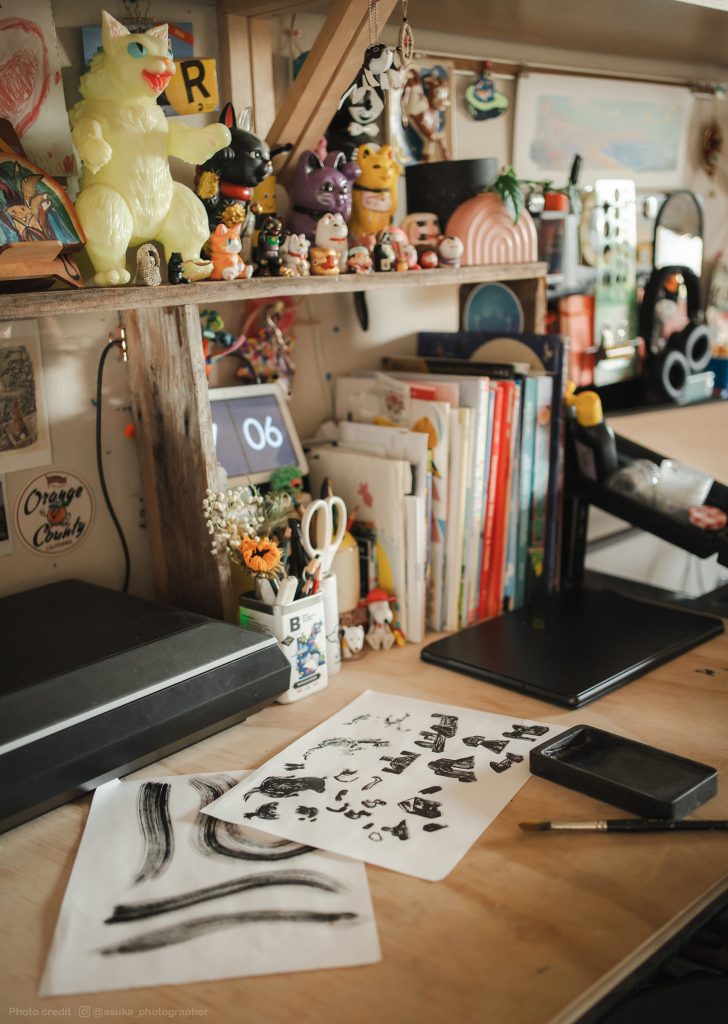
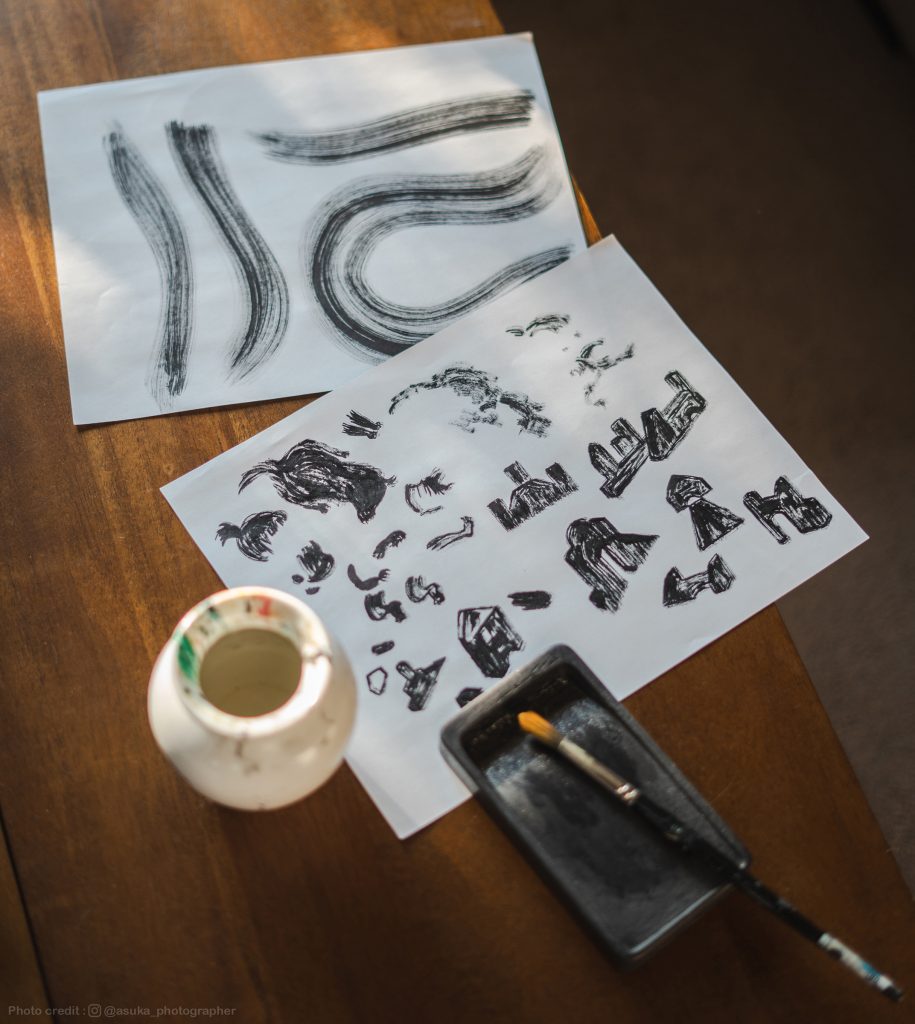
Can you tell us more about how you work? What sort of tools and process do you use to create your illustrations?
I work in a studio filled with toys and loud music haha. I do have a spotify playlist if you’re interested in what I listen to while I work. Music is my favorite tool to get me excited to draw. My lines flow better. Oh and coffee helps. I use index cards to do thumbnail sketches. I feel like a detective because I lay out all of the spreads to the cork board. It helps when I see the flow of the book. Because the sketches are so small and quick, I try out different ideas. Then do the full sized sketches digitally. It’s the fastest for me especially when I get edits from my editor.
As for the actual art tools I use to create illustrations, I have two treatments. One is texture heavy treatment. I usually choose this treatment for picture books and chapter books. I use pencil, sumi ink and digitally color them. Sometimes I use watercolor. Sometimes I scan in textures. The second treatment has outlines and a simple color fill. I usually choose this treatment for graphic novels and science books. I love both treatments equally 🙂
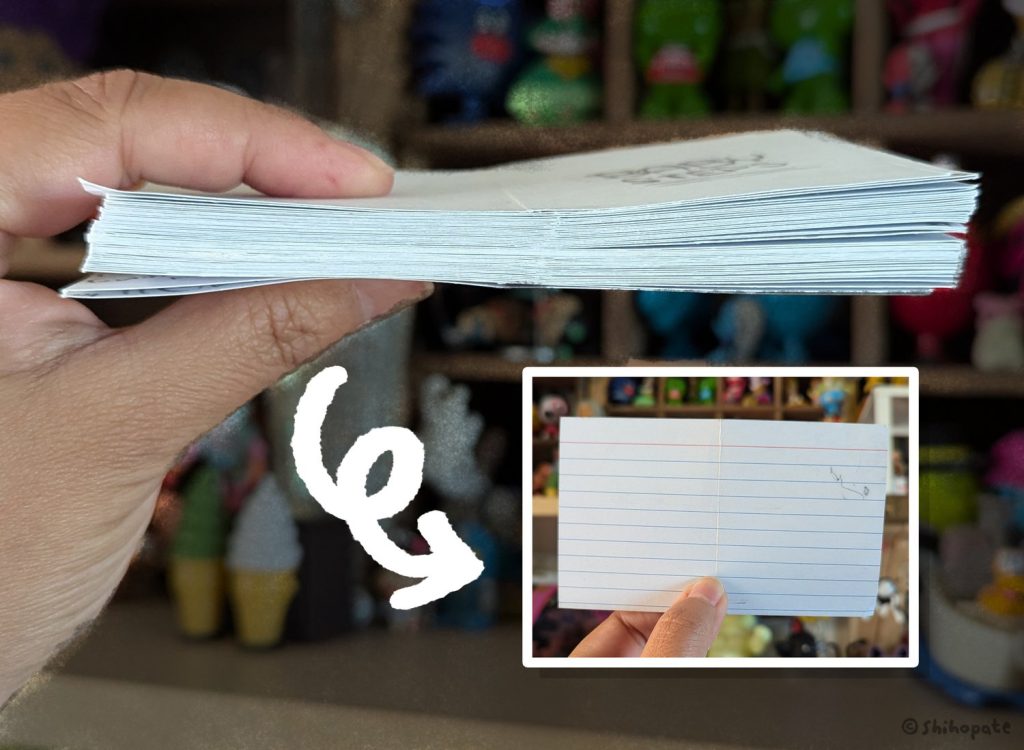
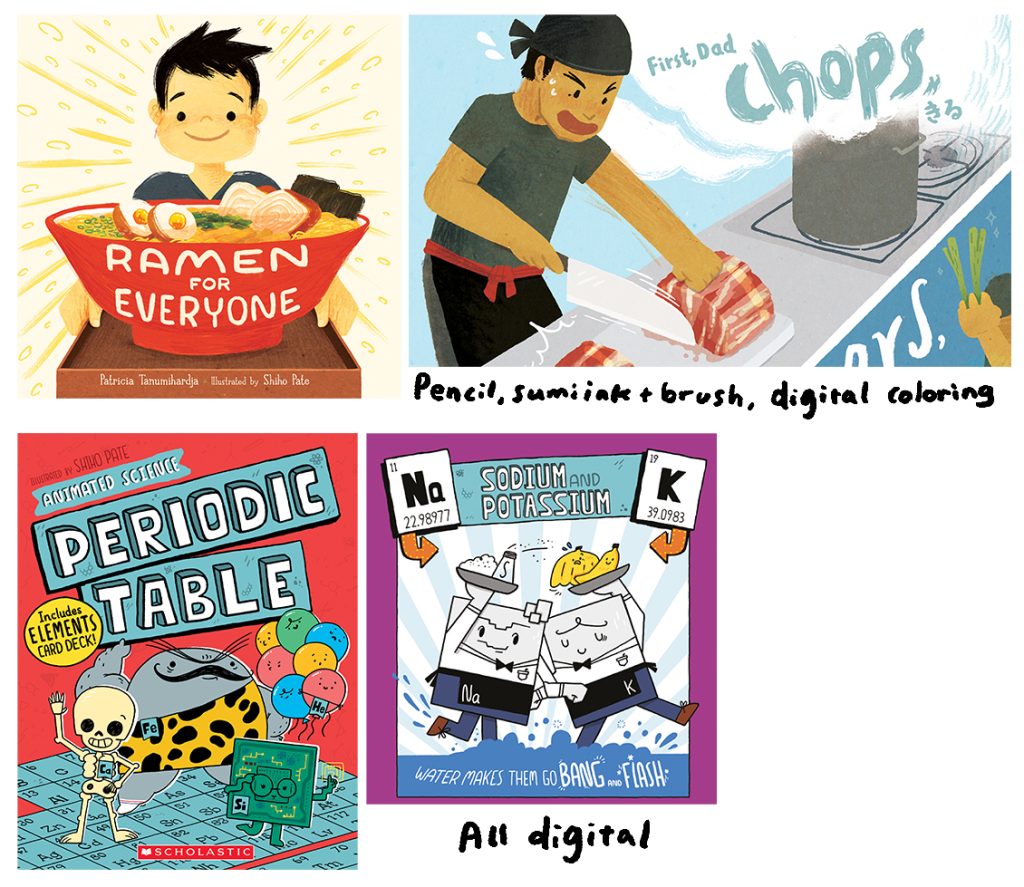
From Index Card Thumbnails to Final Art Styles
Your most recent book, THE RESCUES BEST DAY EVER, written by Tommy Greenwald and Charlie Greenwald (Red Comet Press) just released this week! Congrats! This is the second in a series about animals who were previously unwanted, found a loving new home, and have become good friends. Can you tell us more about this book?
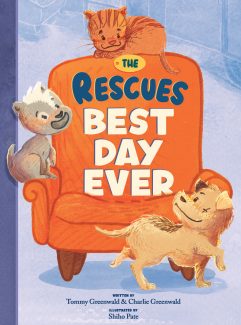
Thank you for asking! I love talking about THE RESCUES series because it’s an invitation for readers to tell me their rescue animal stories! I’ve been having so much fun illustrating Tommy and Charlie’s stories because it’s filled with energy, humor and love. The first book THE RESCUES FINDING HOME is about two rescue dogs Moose and Bear finding their forever home. But, there’s actually a third character. Tiger the cat joins at the end of the book (sorry for the spoiler!).
In the second book THE RESCUES BEST DAY EVER you get to peek into their bright daily lives. They get to go on a trip (to the vet?!) argue about their space (MY favorite couch!) and tackle monsters (stormy weather) together. It’s really fun to read out loud. THE RESCUES is an easy-to-read chapter book so it’s perfect for reluctant readers or kids that are transitioning from picture books. Or, read to your pets!
When working on THE RESCUES series, what was one of your favorite parts of the project? And what was something you found challenging?
My favorite part was collaborating with my art director Mike. He welcomed anything and everything! He pushed me to draw beyond the obvious and literal representation of the story. I always have the best time on video calls with Mike because we talk and understand each other’s visions. For example, I did a sketch of the vet waiting room. I got so excited about drawing all kinds of animals and their owners. I think I even started thinking about why they had to visit the vet. I thought squeezing Moose and Bear at the back of the room helped to visualize the pressure of going into the vet. When Mike saw the sketch, he gently nudged me and suggested it was more about Moose and Bear’s emotion. How they were worried and scared to go into the vet. But doing their best to stay because they trust Tiger and Cathy. That switch helped me focus.
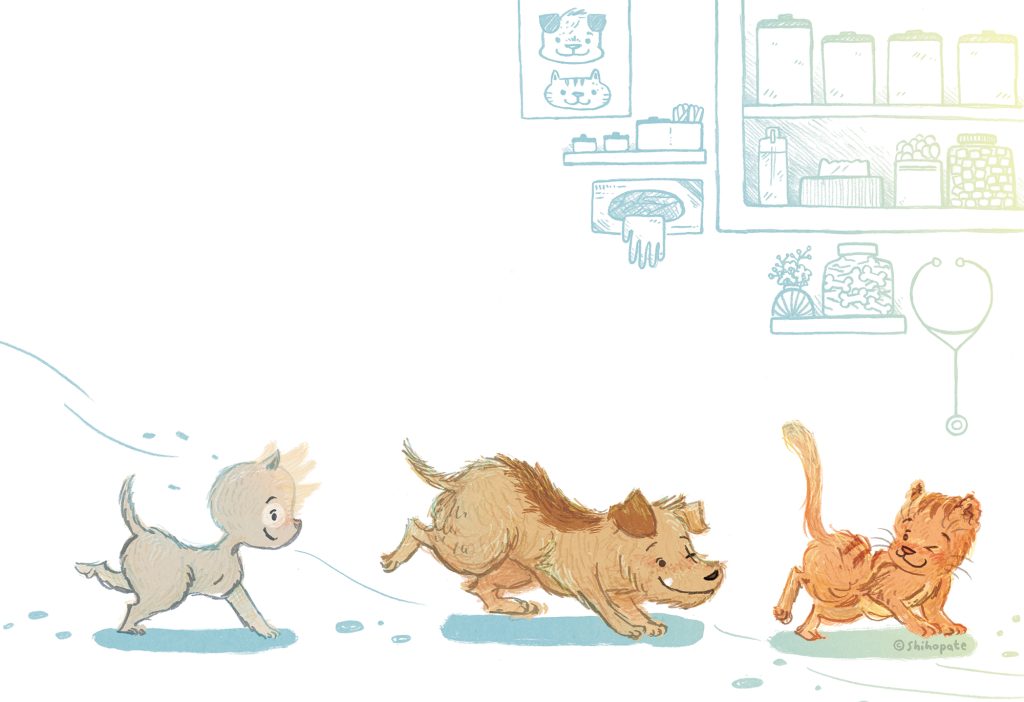
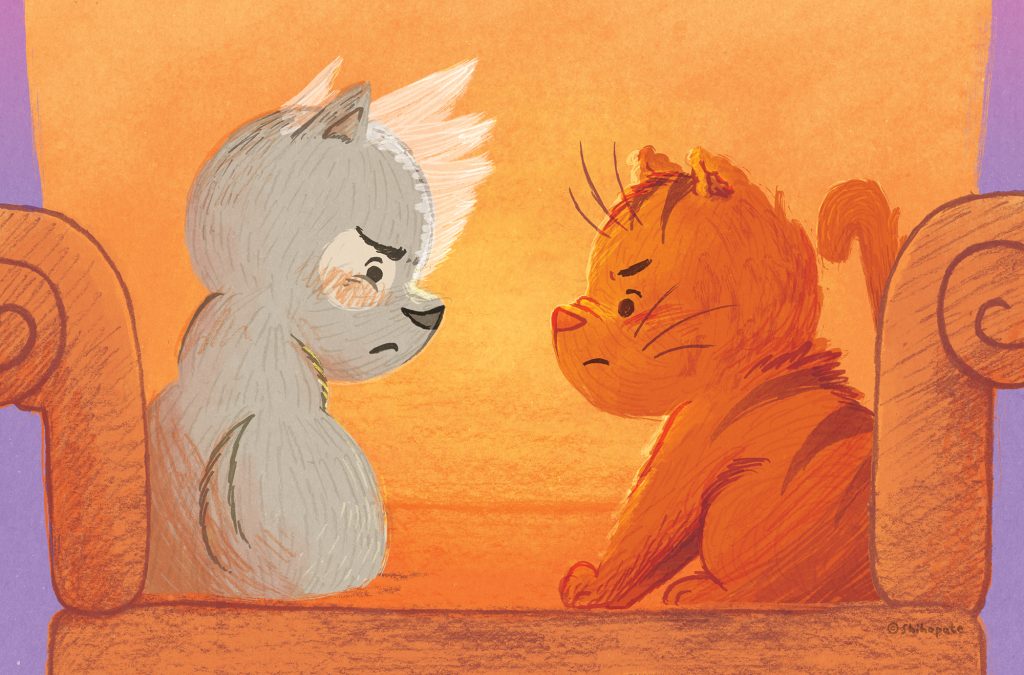
The challenges… hmm. Not really a challenge but Mike and I did figure out a specific color palette per chapter. Because THE RESCUES BEST DAY EVER starts at the beginning of the day, we went with light blue and greens for chapter one. Then in chapter two we went with warm yellows and oranges to represent the later afternoon cozy feel. For chapter three we chose dark blues, purples and bright pinks because the storm comes and the story gets so hyper. It was so fun!
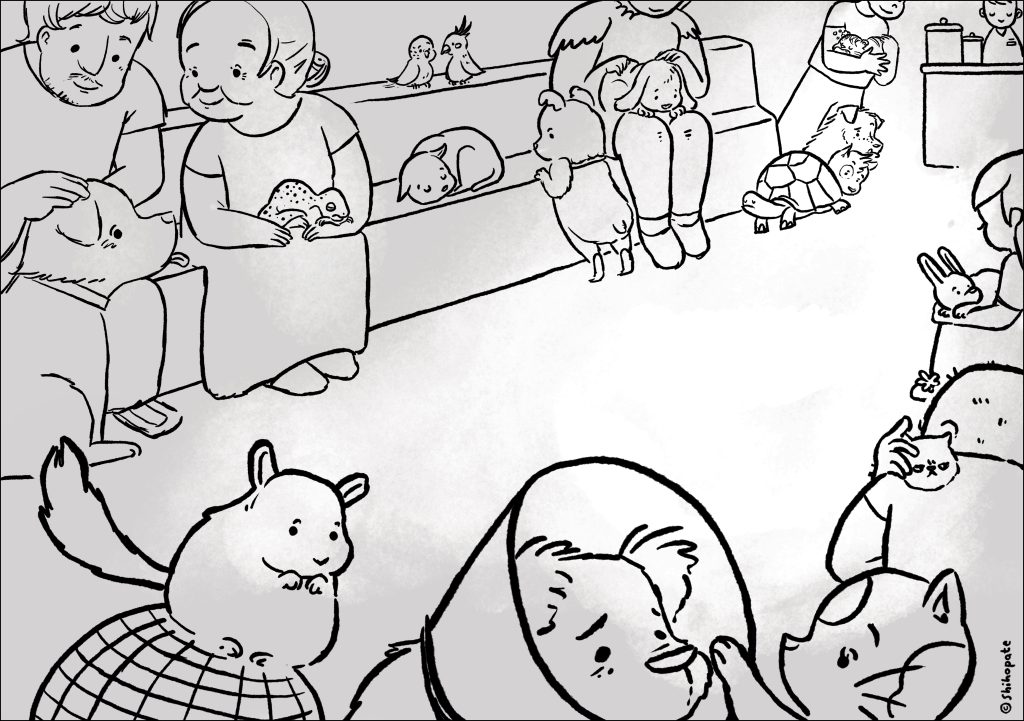
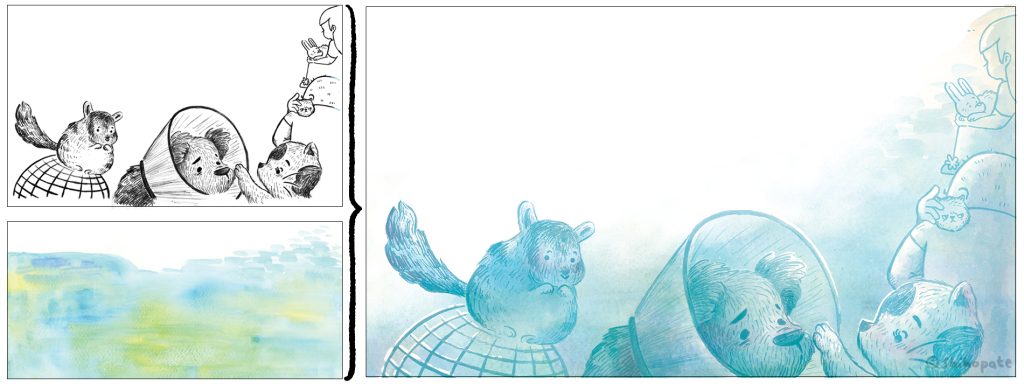
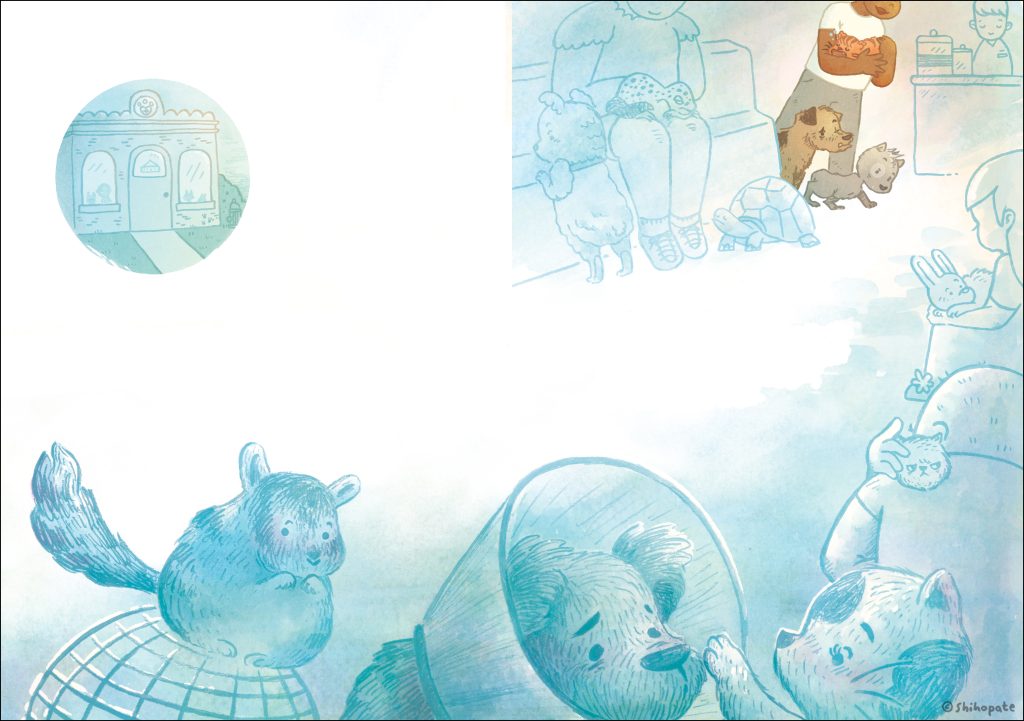
You have another book, BABY STEPS written by Kimberly Derting (Abrams Appleseed) that just came out earlier this month. We’d love to hear more about this book too.
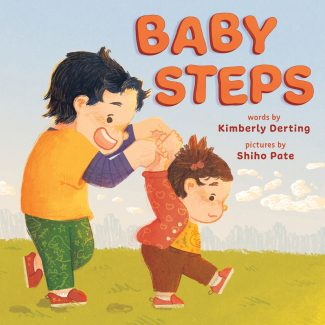
Yes! Kimberly’s story is so simple and beautiful! It was my first time illustrating a book where the character grows so much, literally. The story begins where the little sister comes home from the hospital, and the book is about how the boy becomes a big brother to the sister. So I had to draw the little sister from the baby phase to the toddler phase. It was challenging and so rewarding. I looked at a lot of my daughter’s photos, my sister’s daughter and sketched my friend’s kids. I’m the oldest sister in my family so I know what the big brother goes through. It’s not always ME FIRST or ME ONLY anymore, and it’s not always fun. BABY STEPS validates those feelings. When I read Kimberly’s story I felt like I got a warm hug. I hope the book invites conversations.
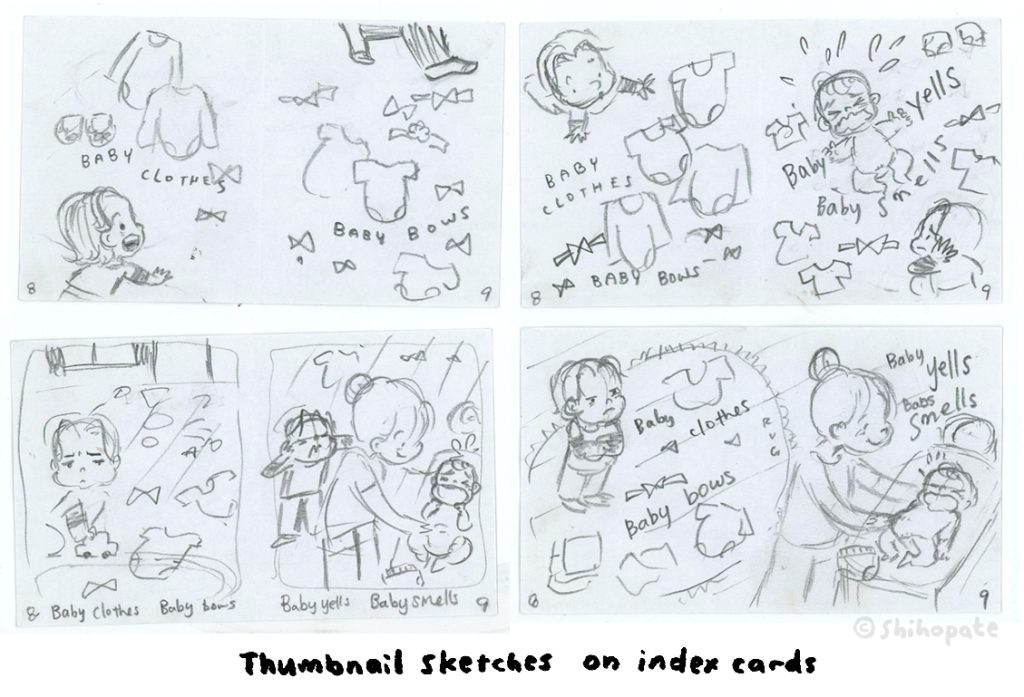
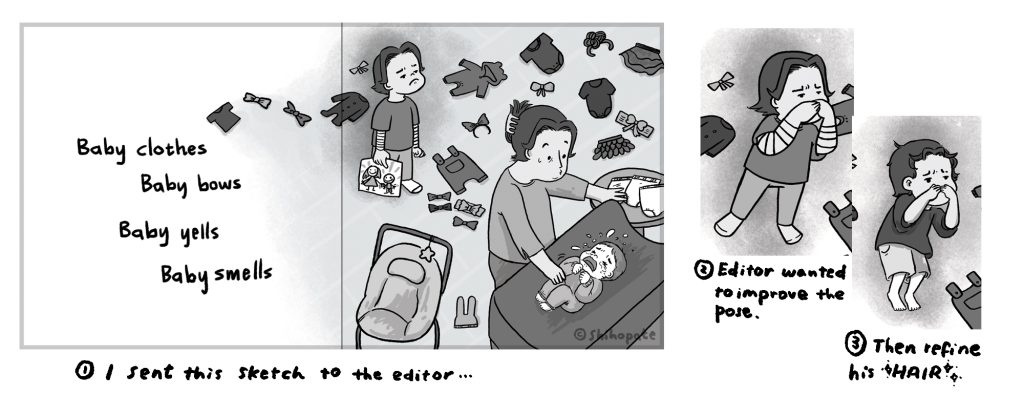
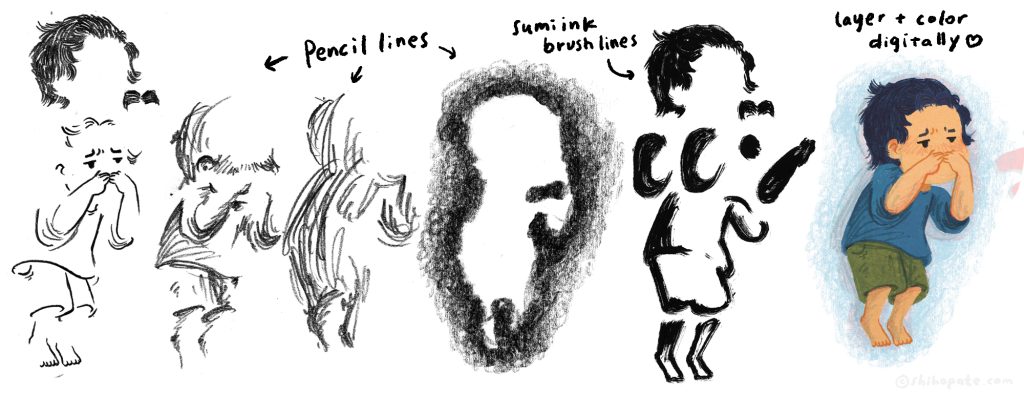
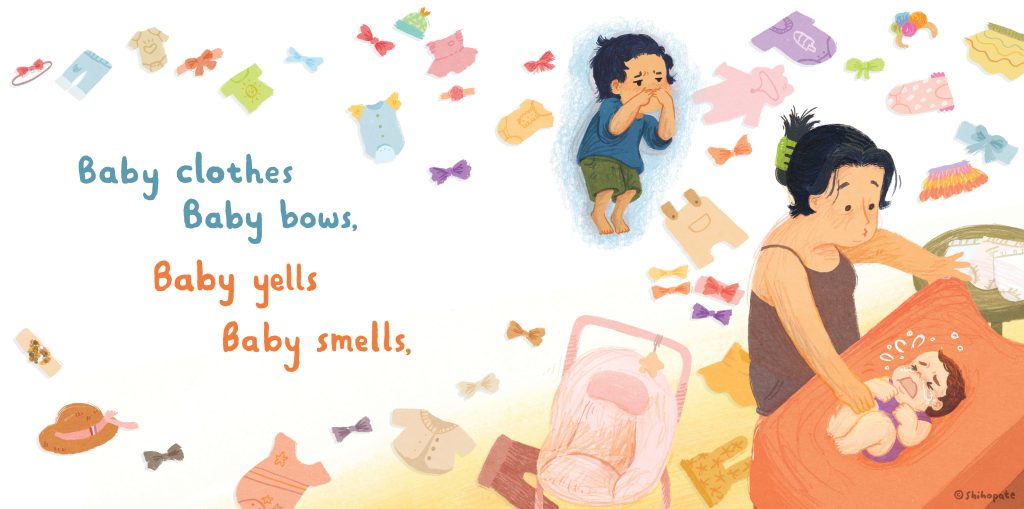
Do you have anything else new you’re working on that you can tell us about?
Ooo, I can’t talk about my upcoming books yet but it’s happening! I’m so grateful! I’m also on submission with my first author-illustrator book.
What is one of your biggest wishes for your work as an illustrator of children’s books?
My biggest wish for my books is that kids will read the book over and over until the pages become wrinkly. And that those kids will read my books to their kids when they grow up.
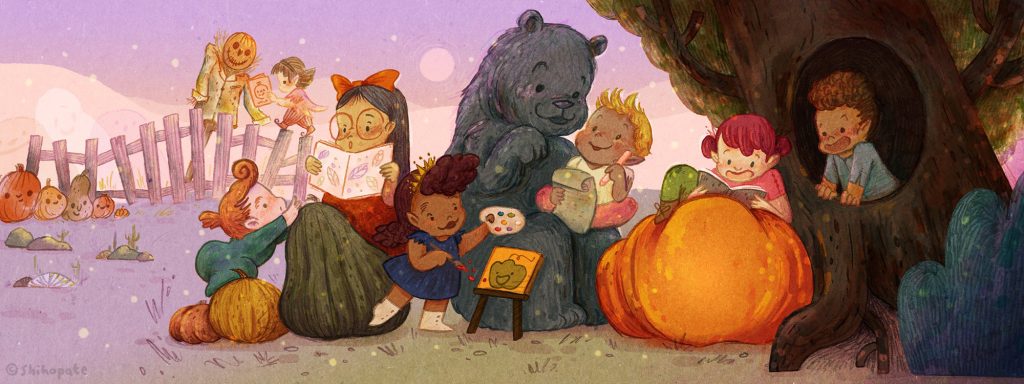
What is something you would tell aspiring children’s book illustrators hoping to break into the field?
This is always a hard question, and my answer changes a lot, sorry. Draw things you’re passionate about. And, finish a book dummy. You will learn the most by making a book. You got this.
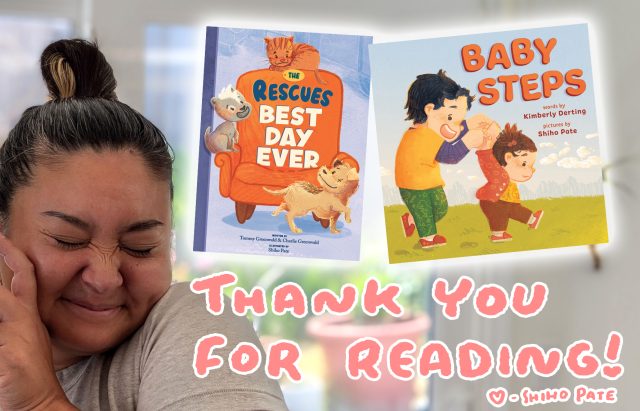
See More from Shiho Pate!
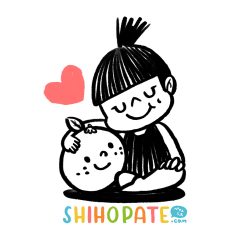
To learn more about Shiho Pate and see more of her art, visit her online at these links:
Shiho is represented for children’s books by Deborah Warren at East West Literary Agency.
Are you a published or soon-to-be published illustrator or author/illustrator who loves creating books about nature, animals, the environment, social justice, or mindfulness? I’d love to chat with you for a KidLit Connection interview! Send me a message.

